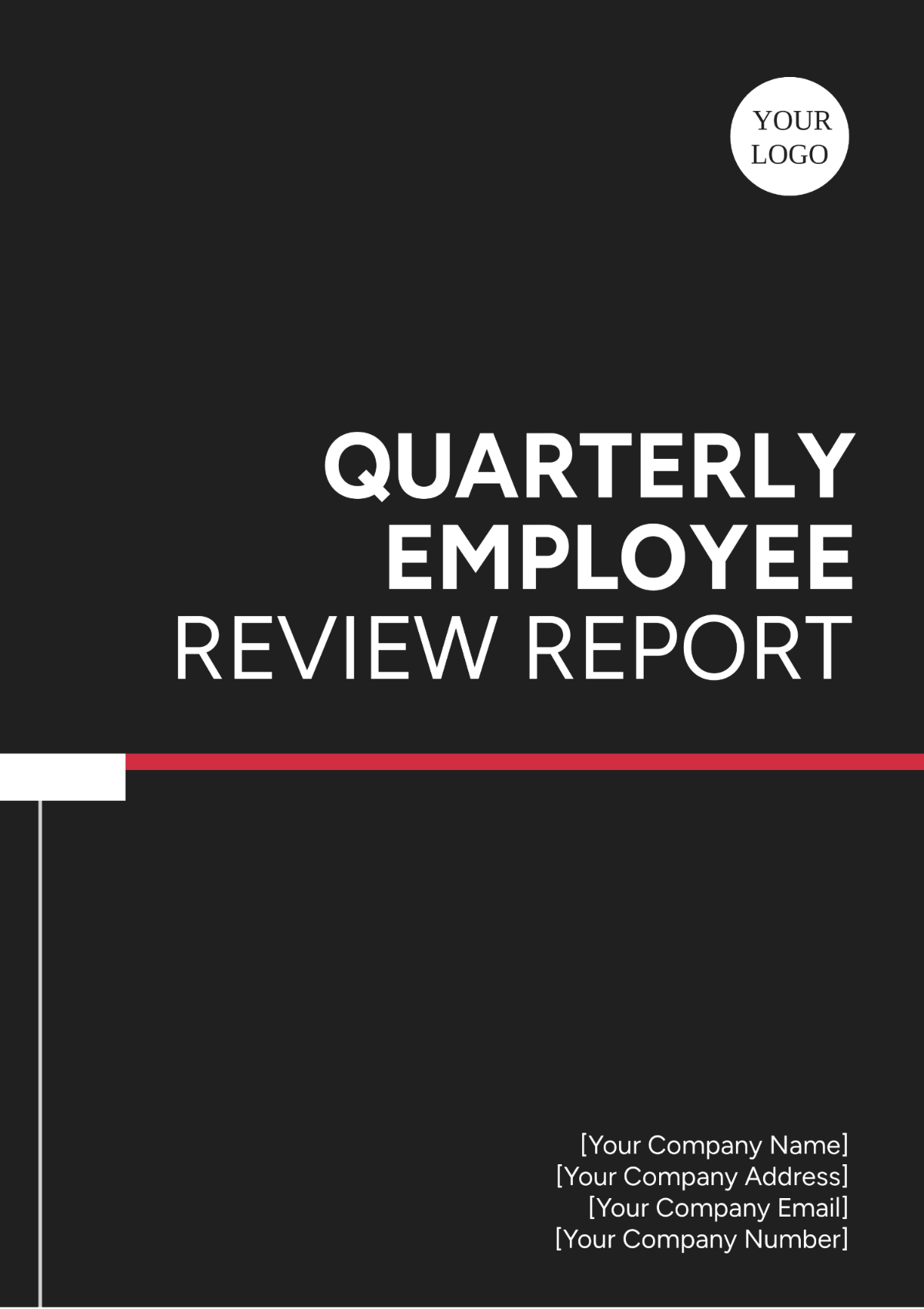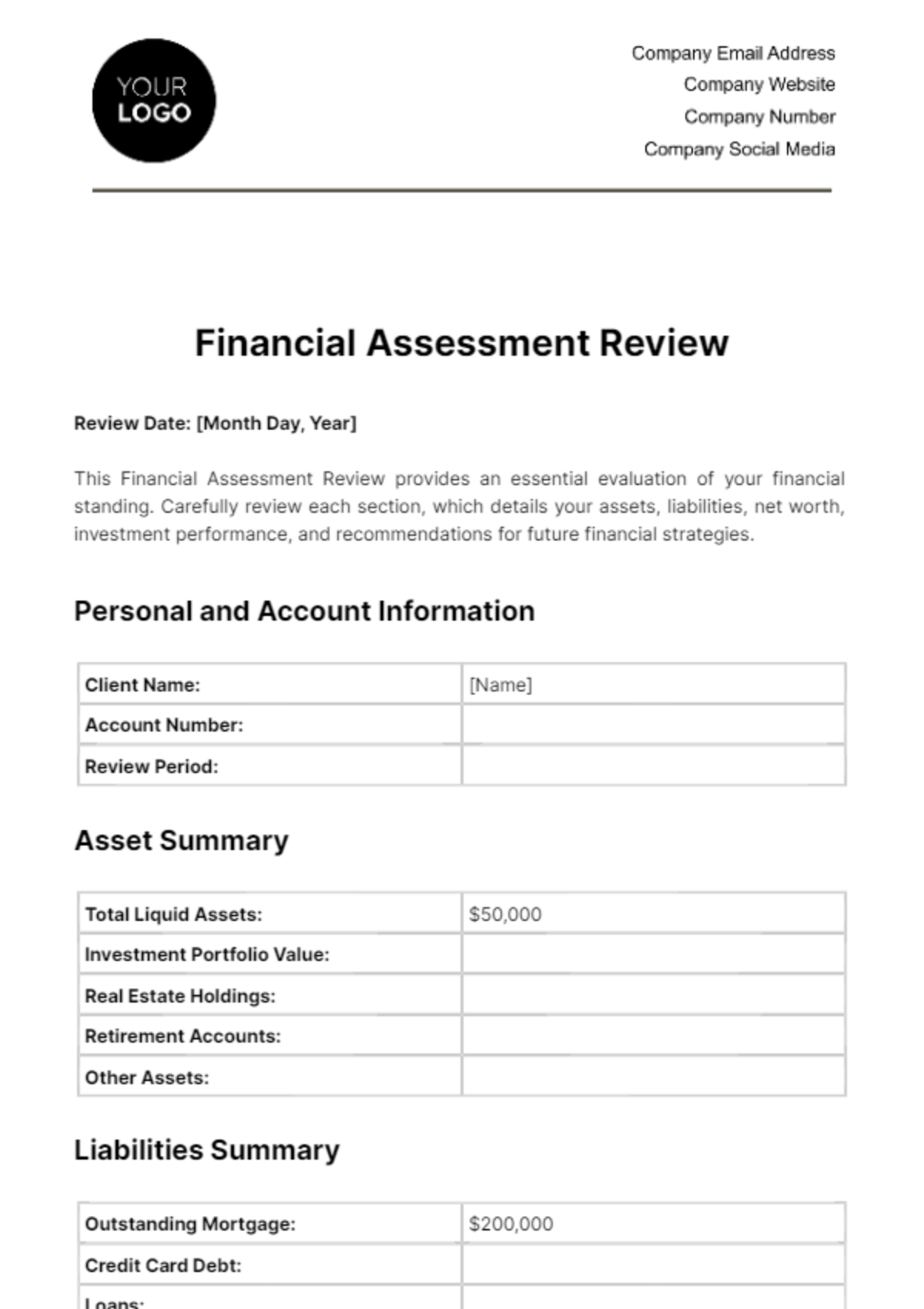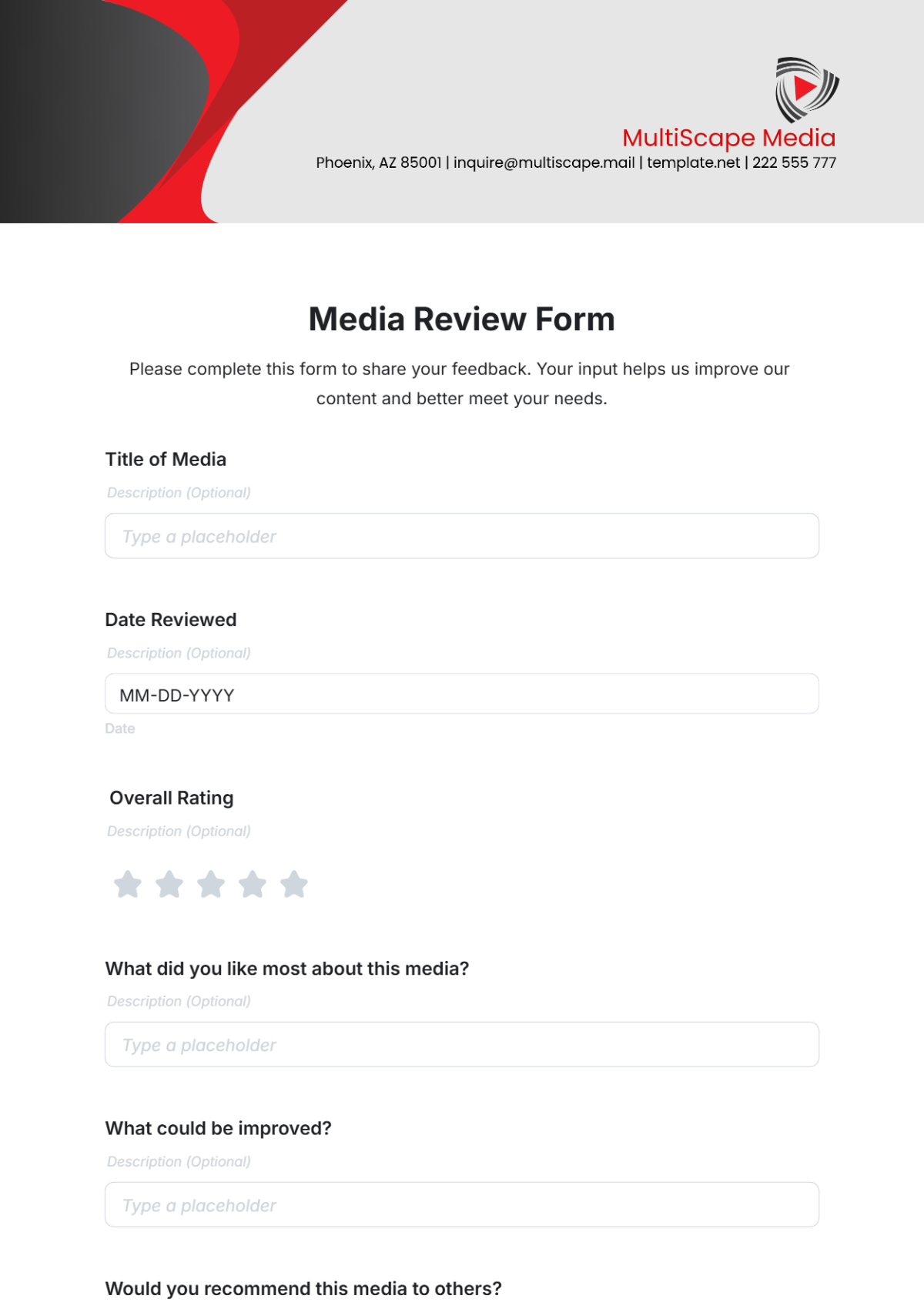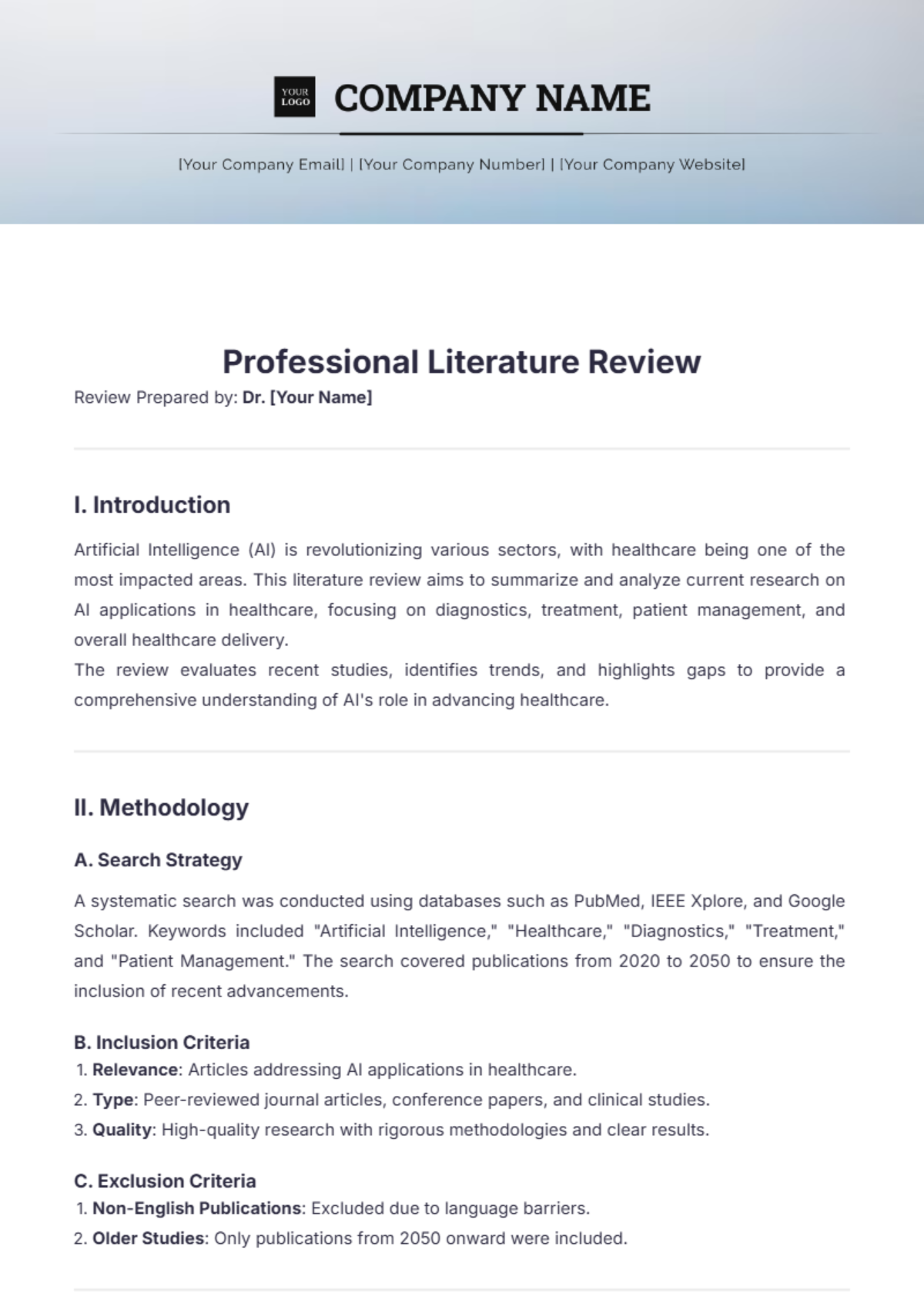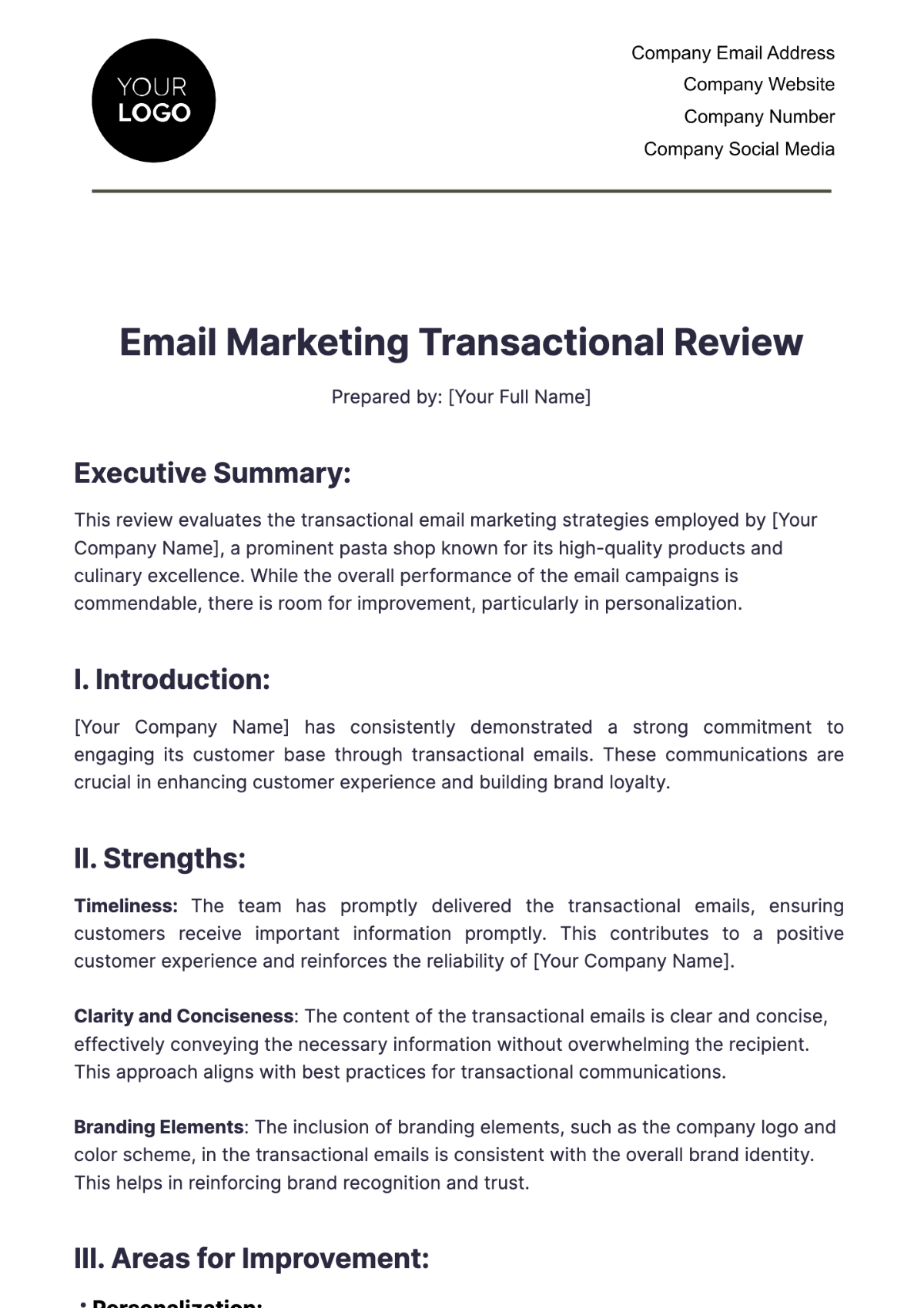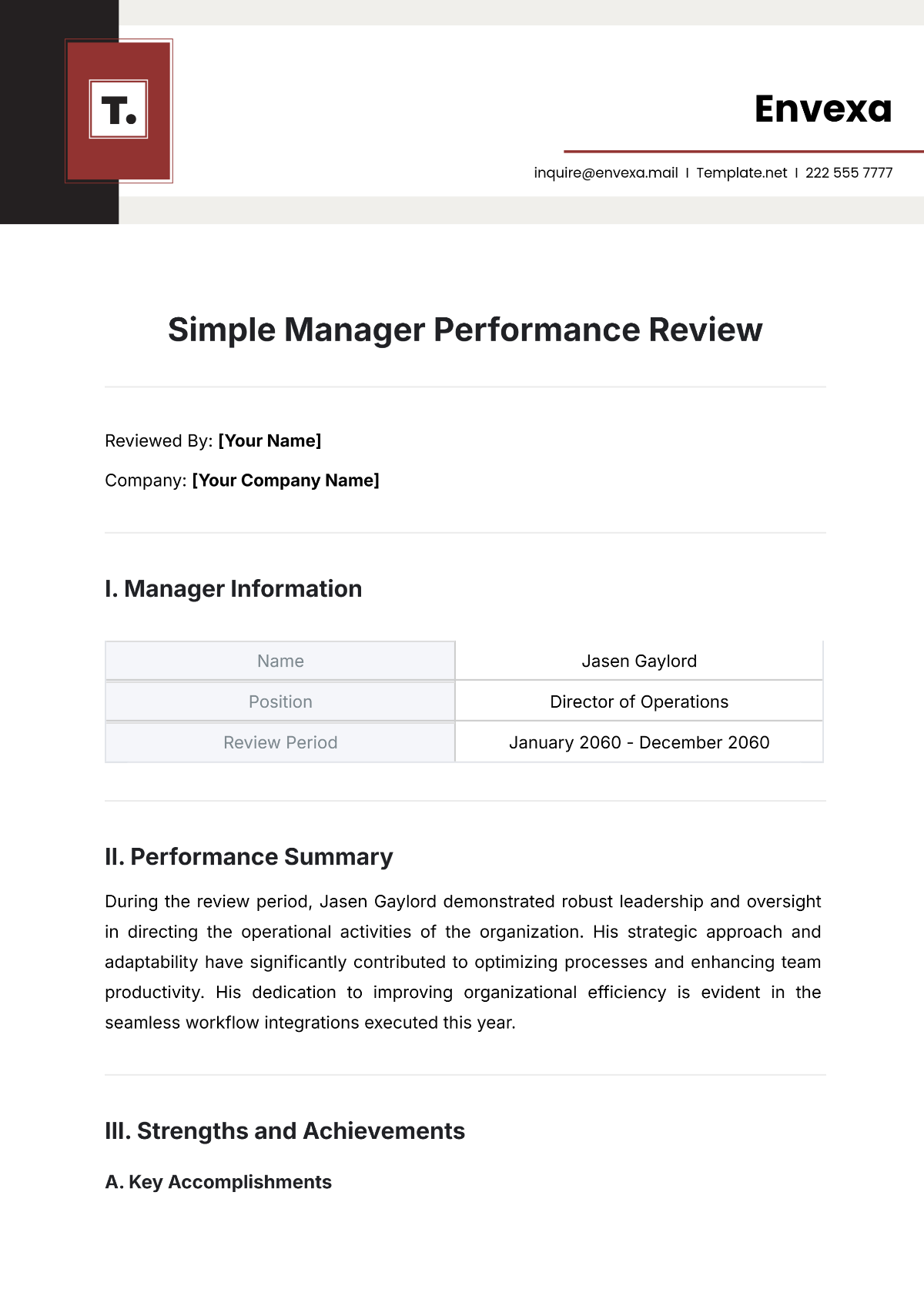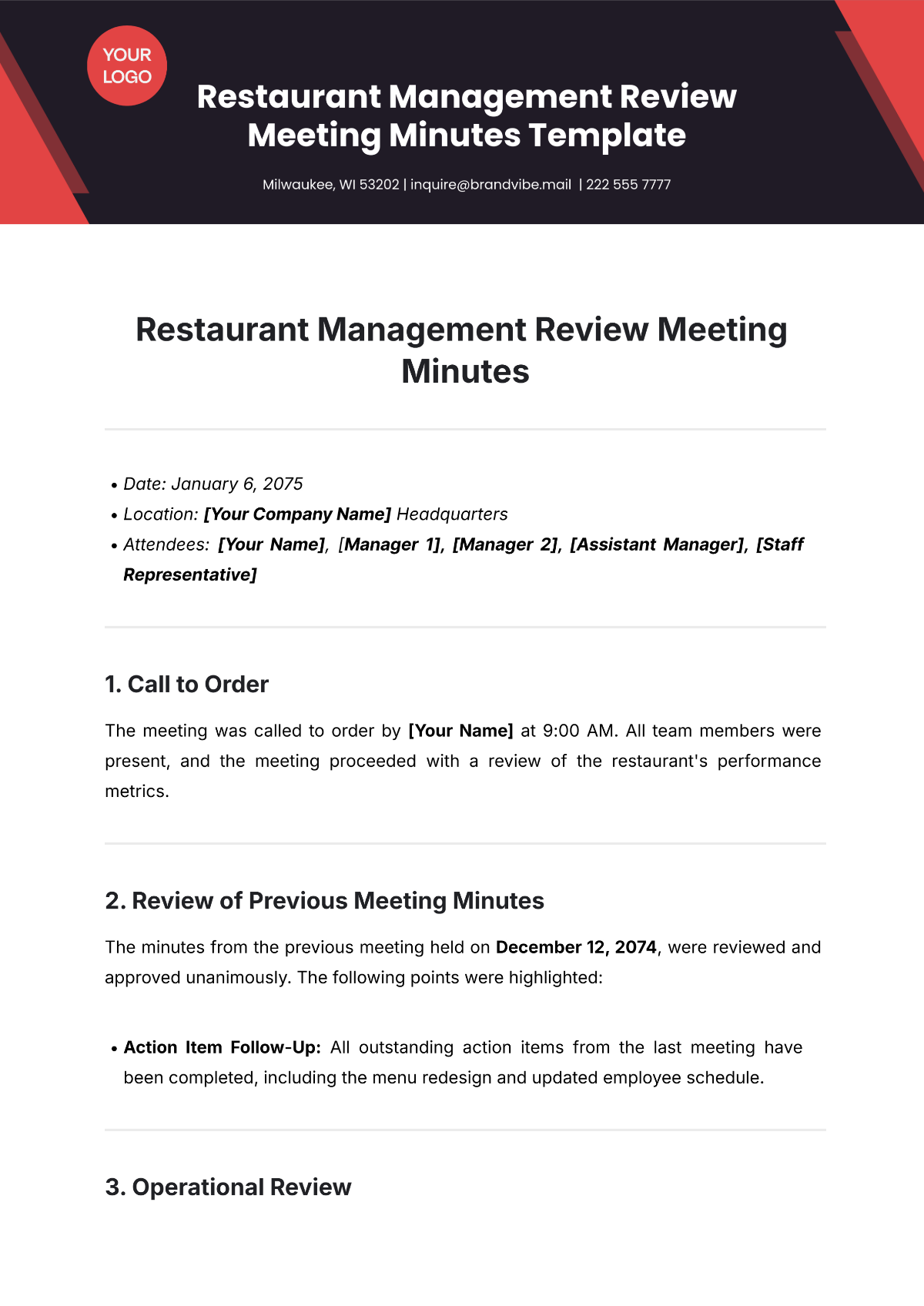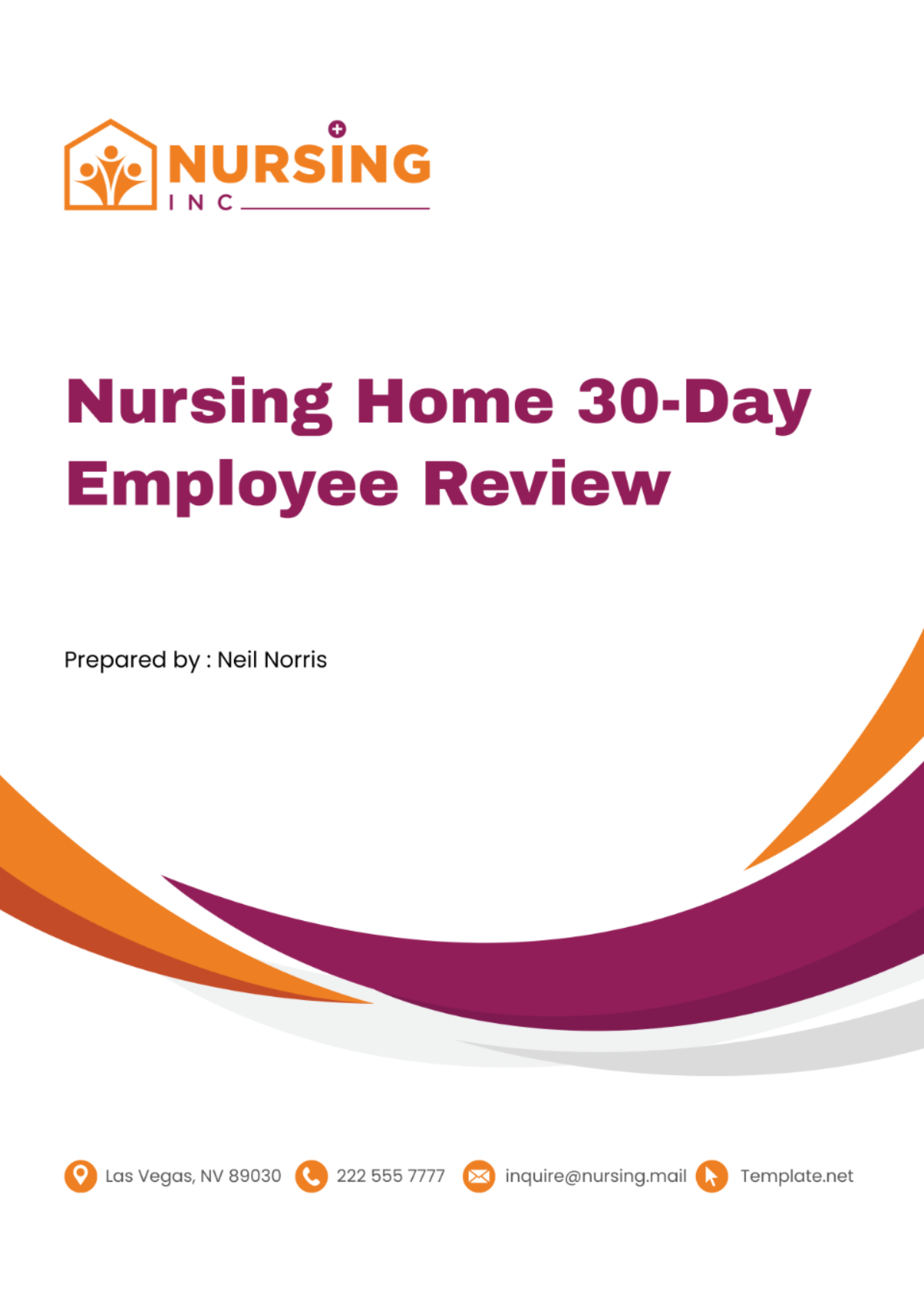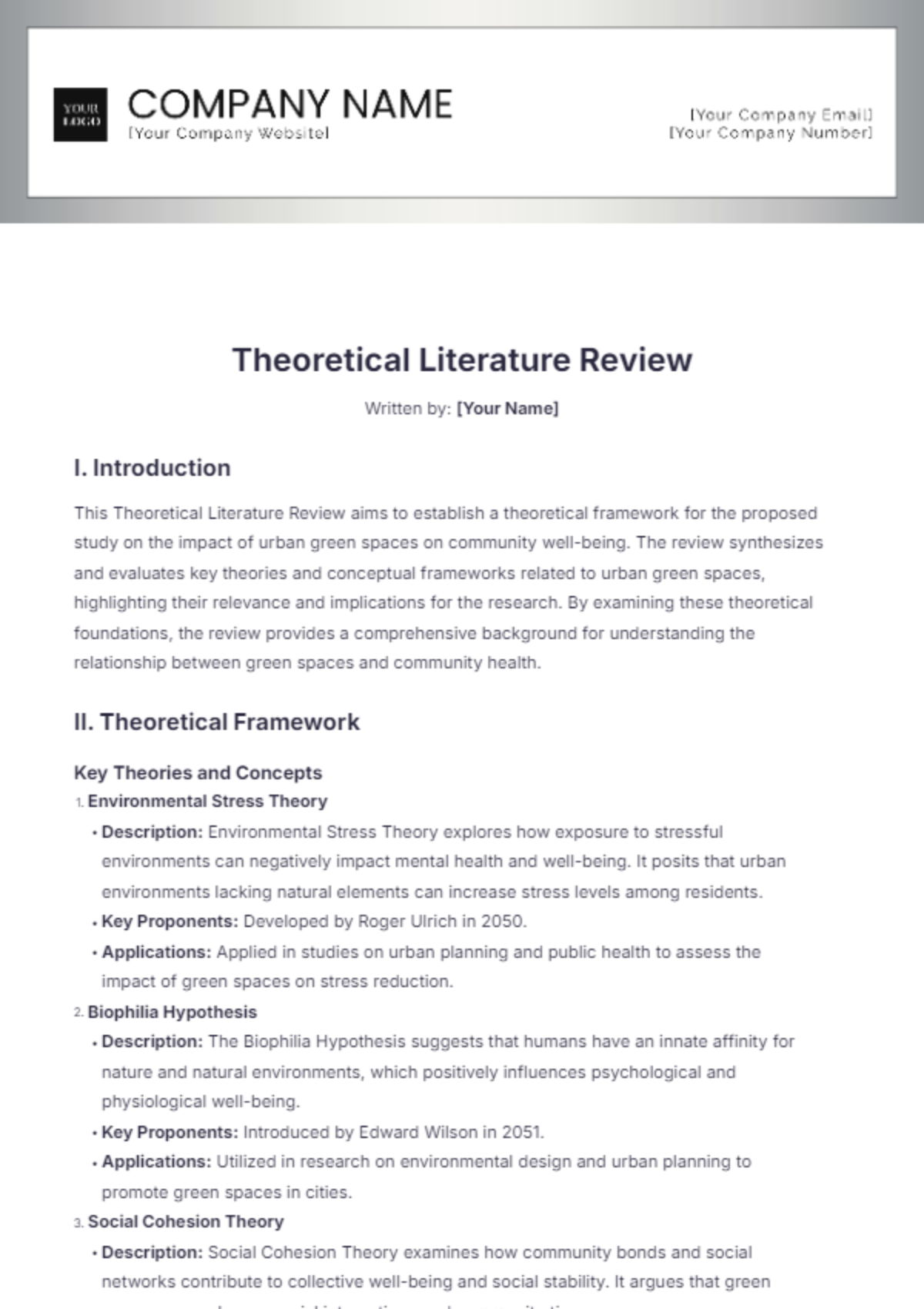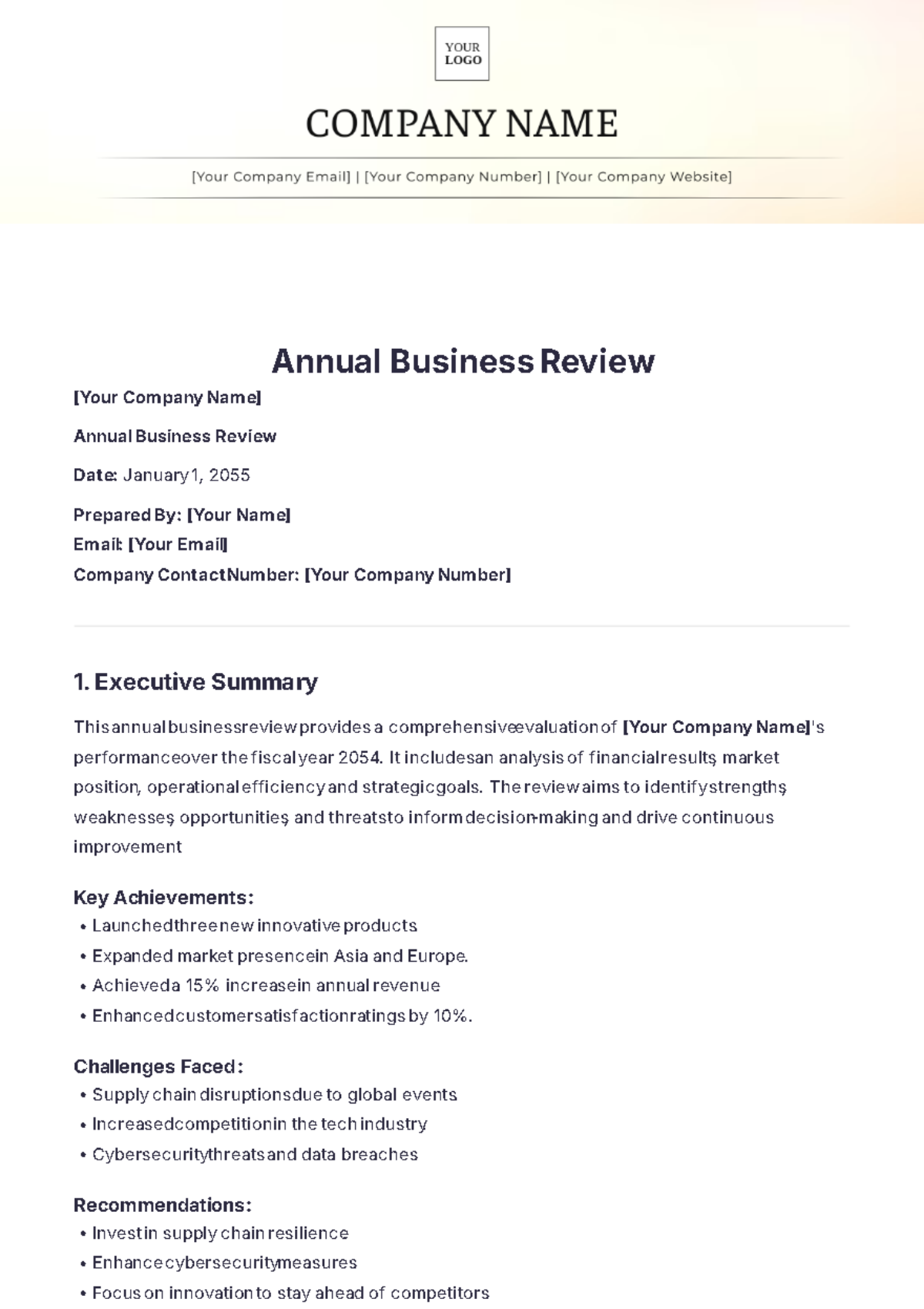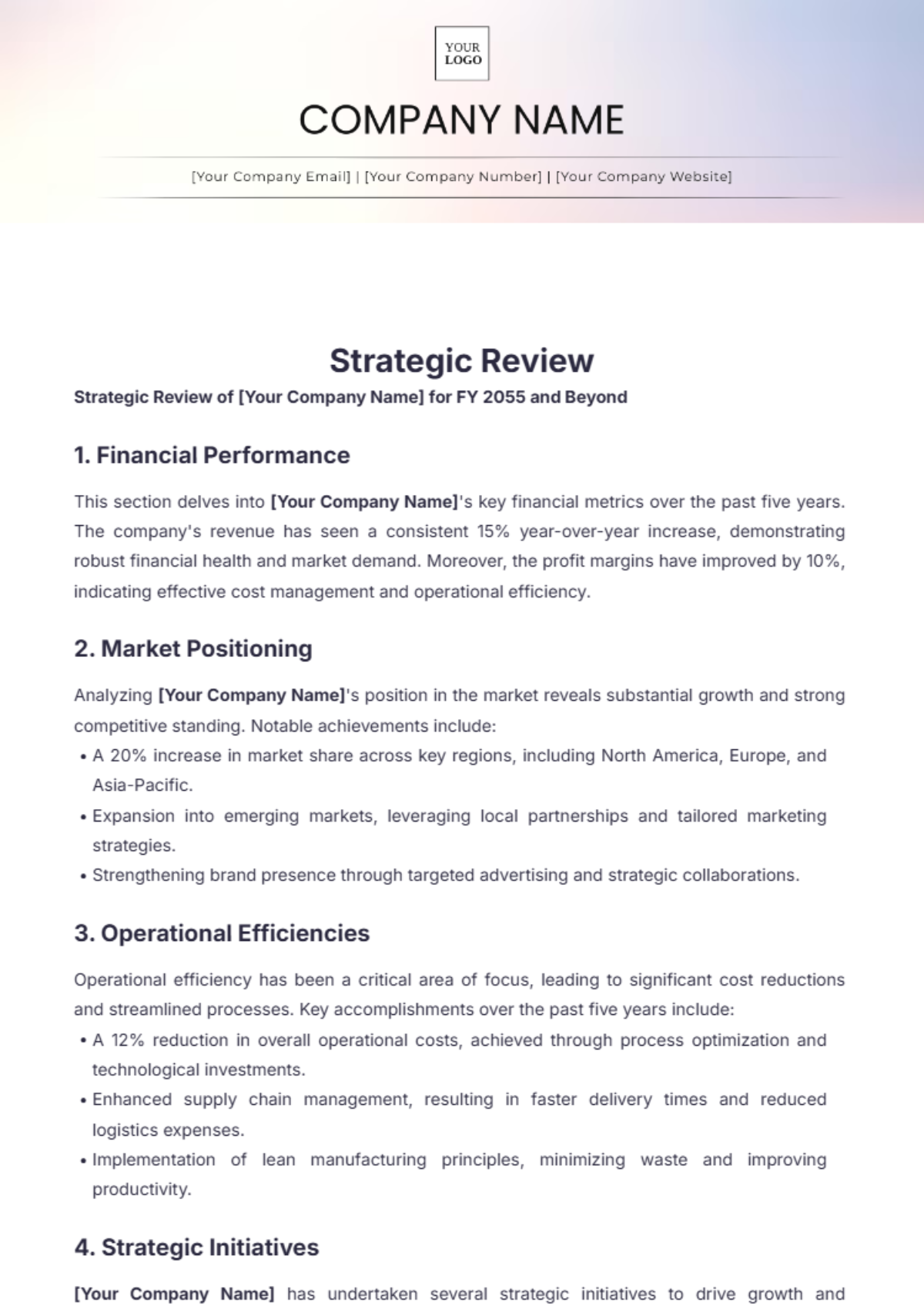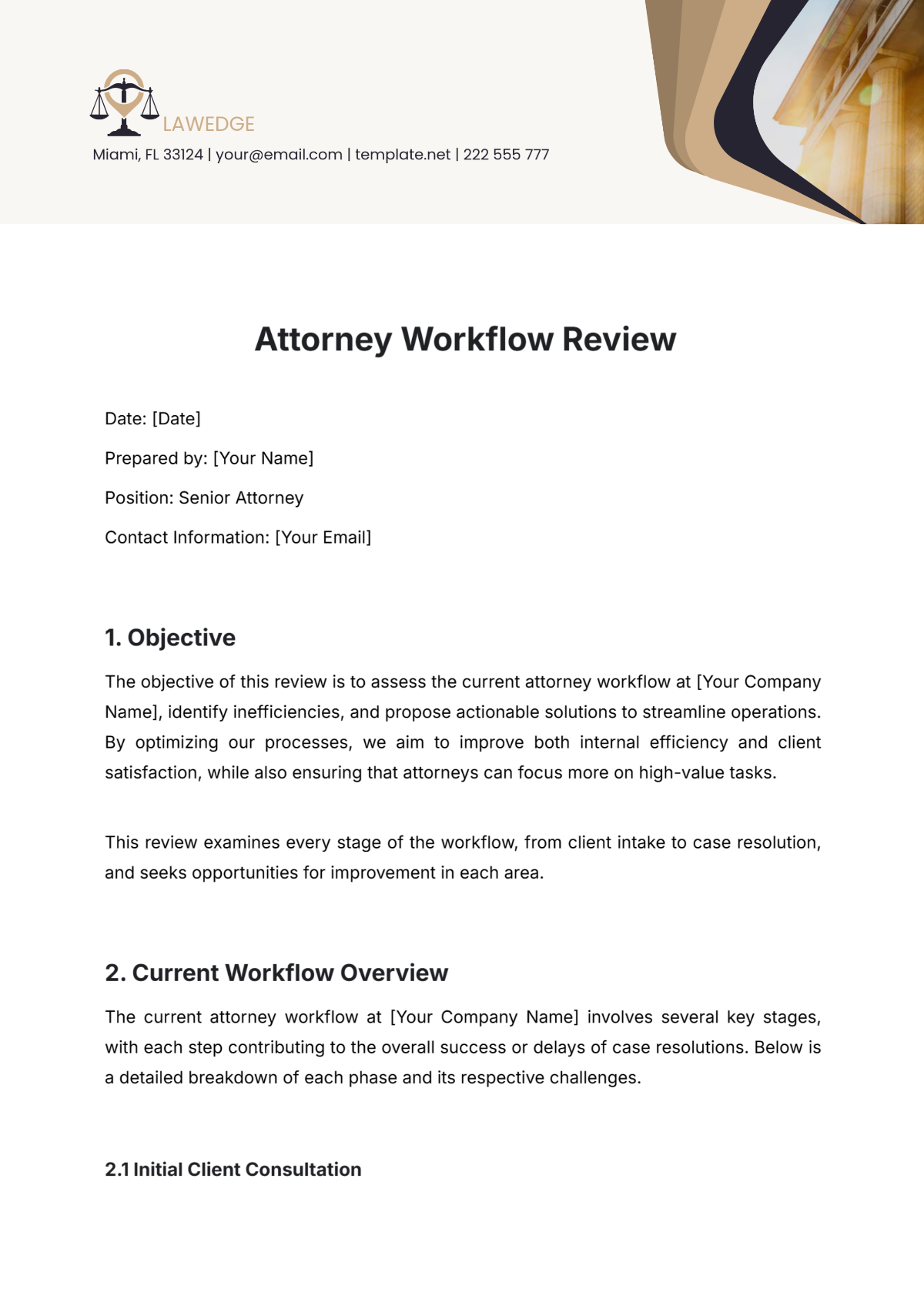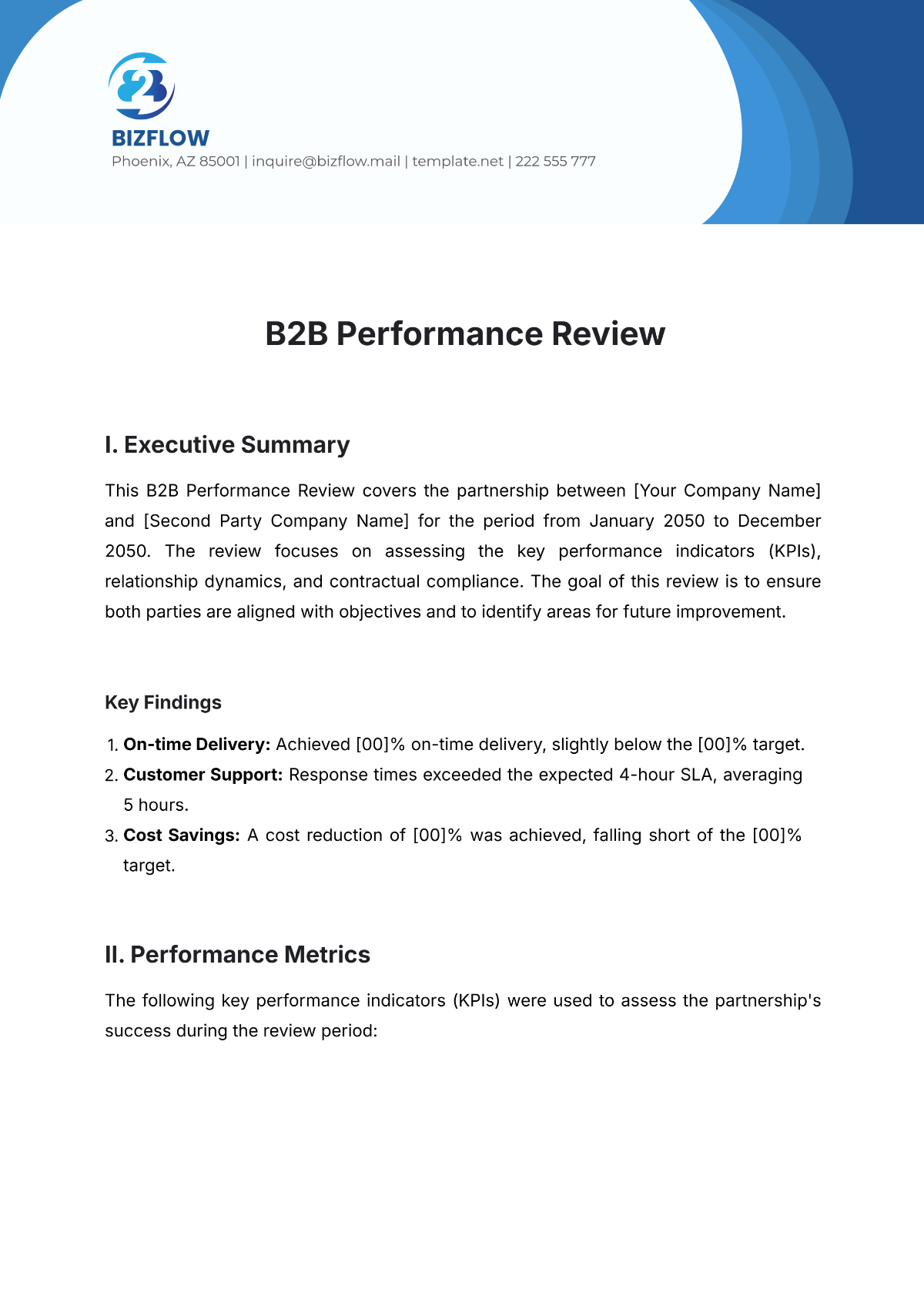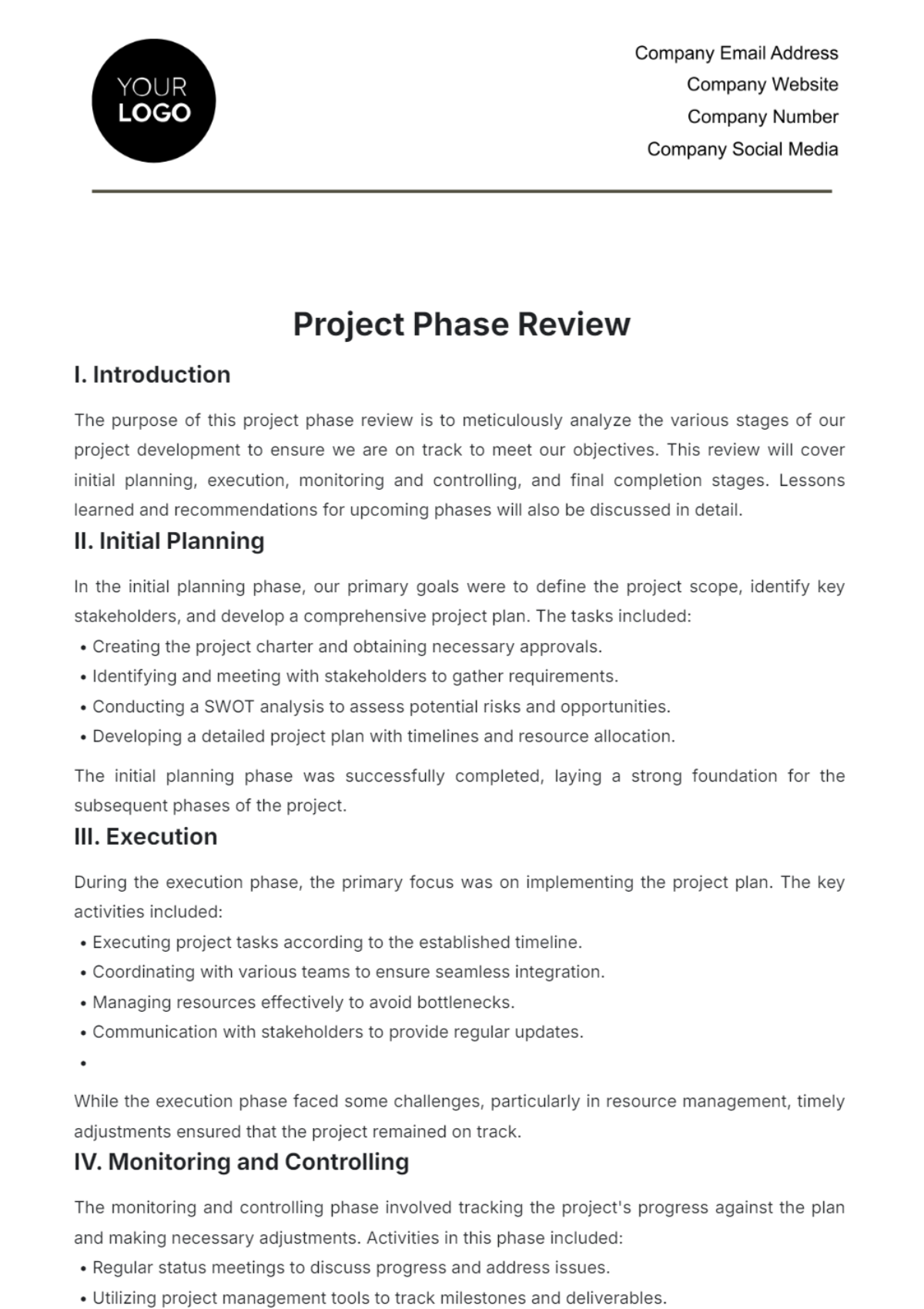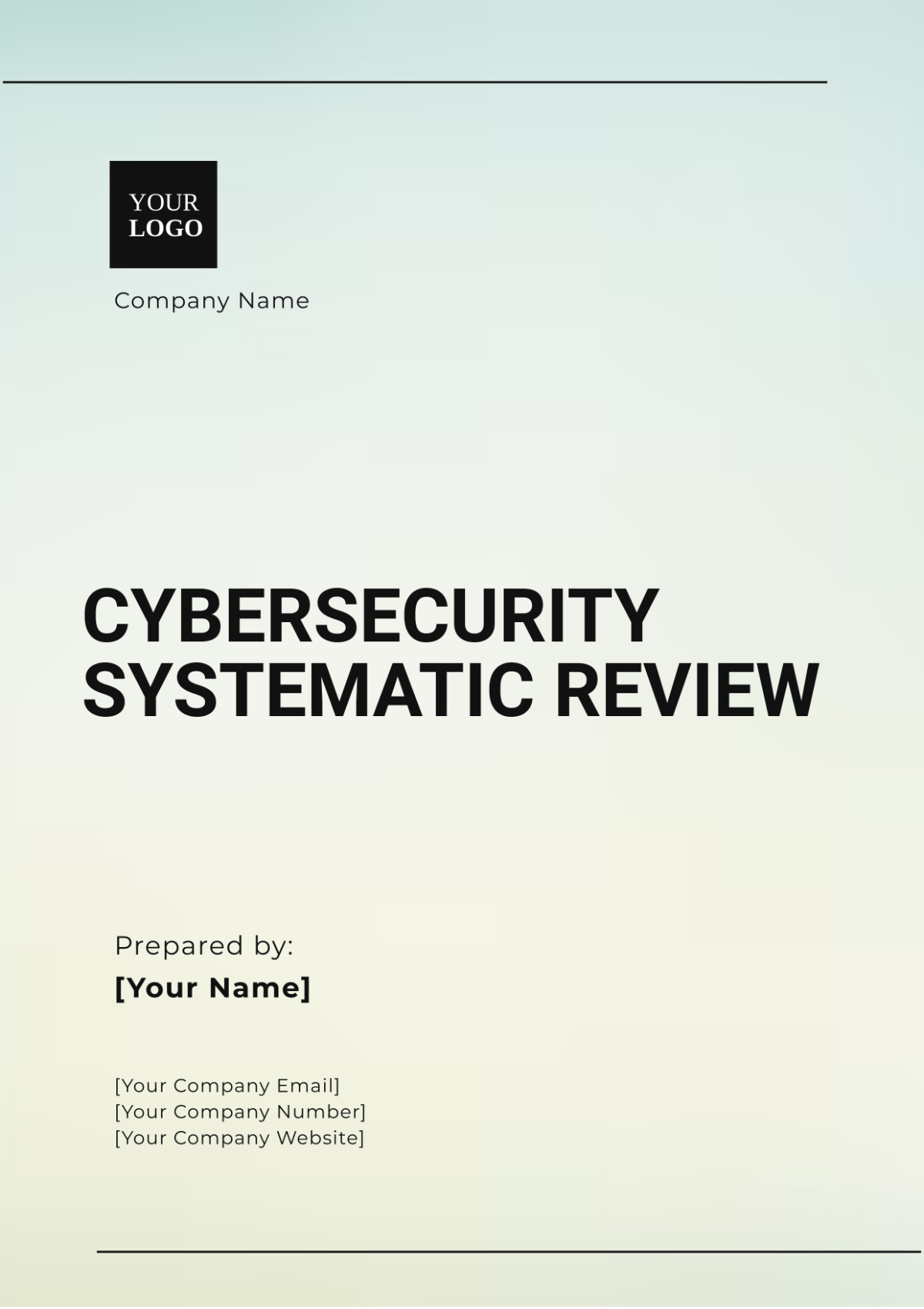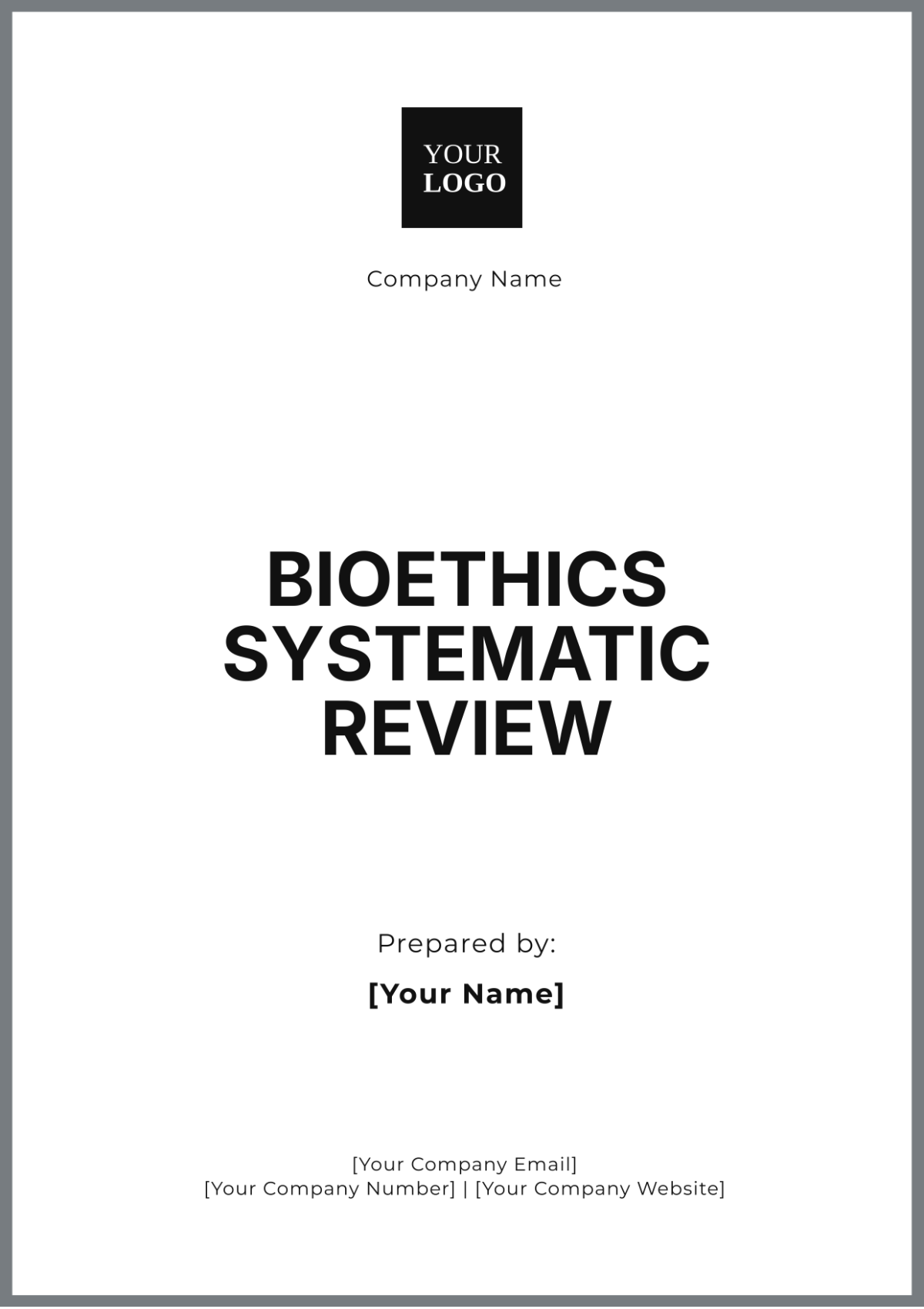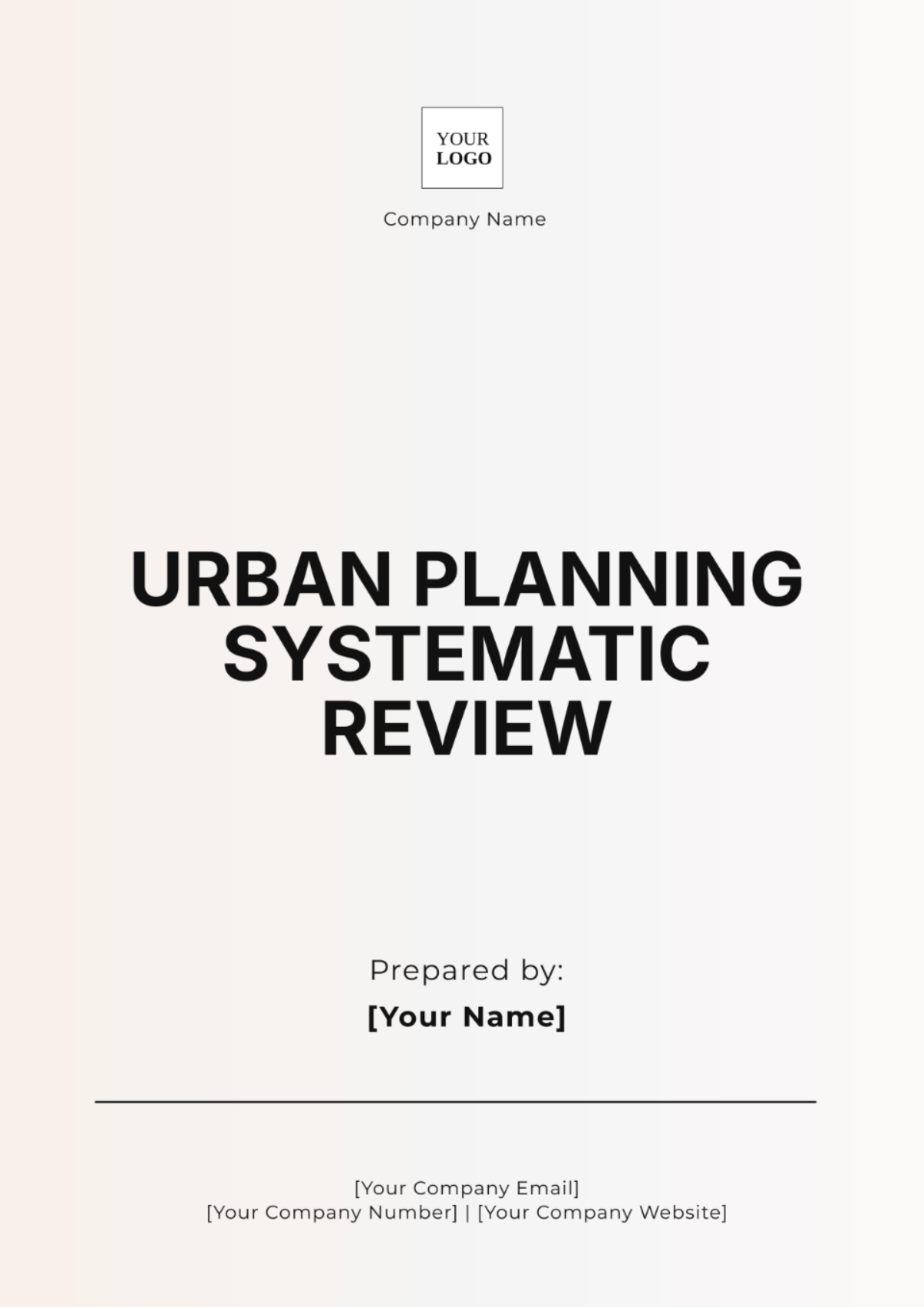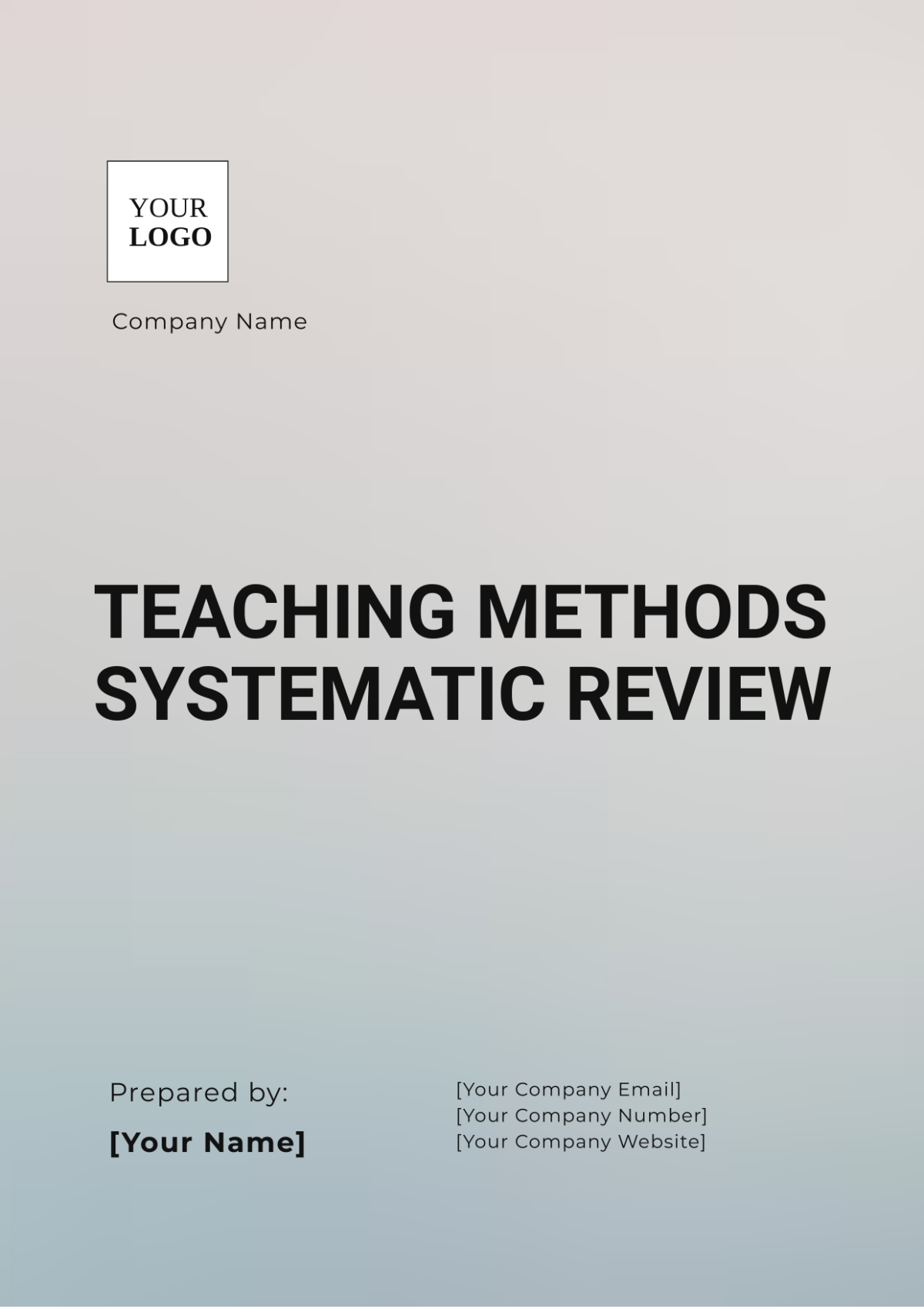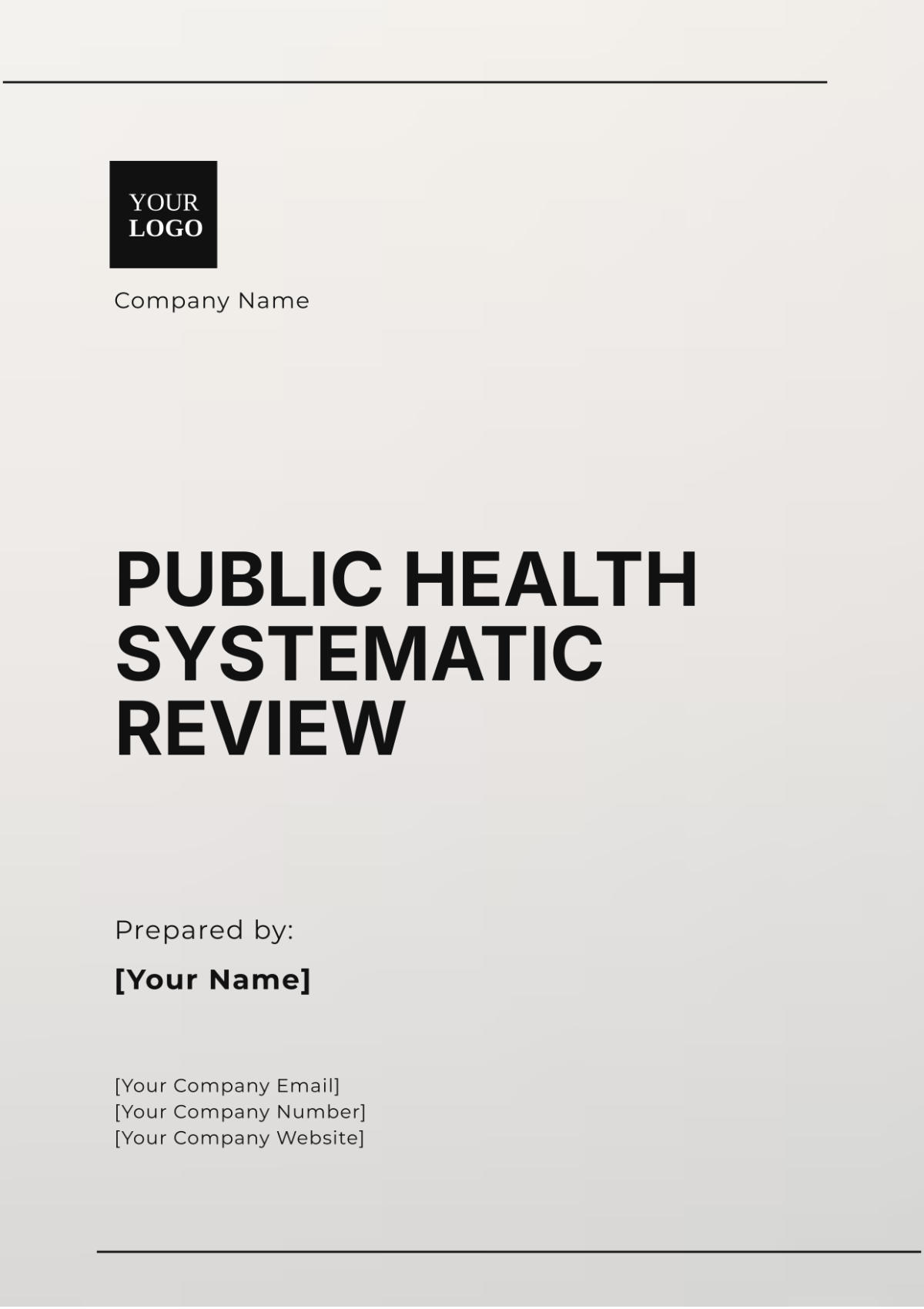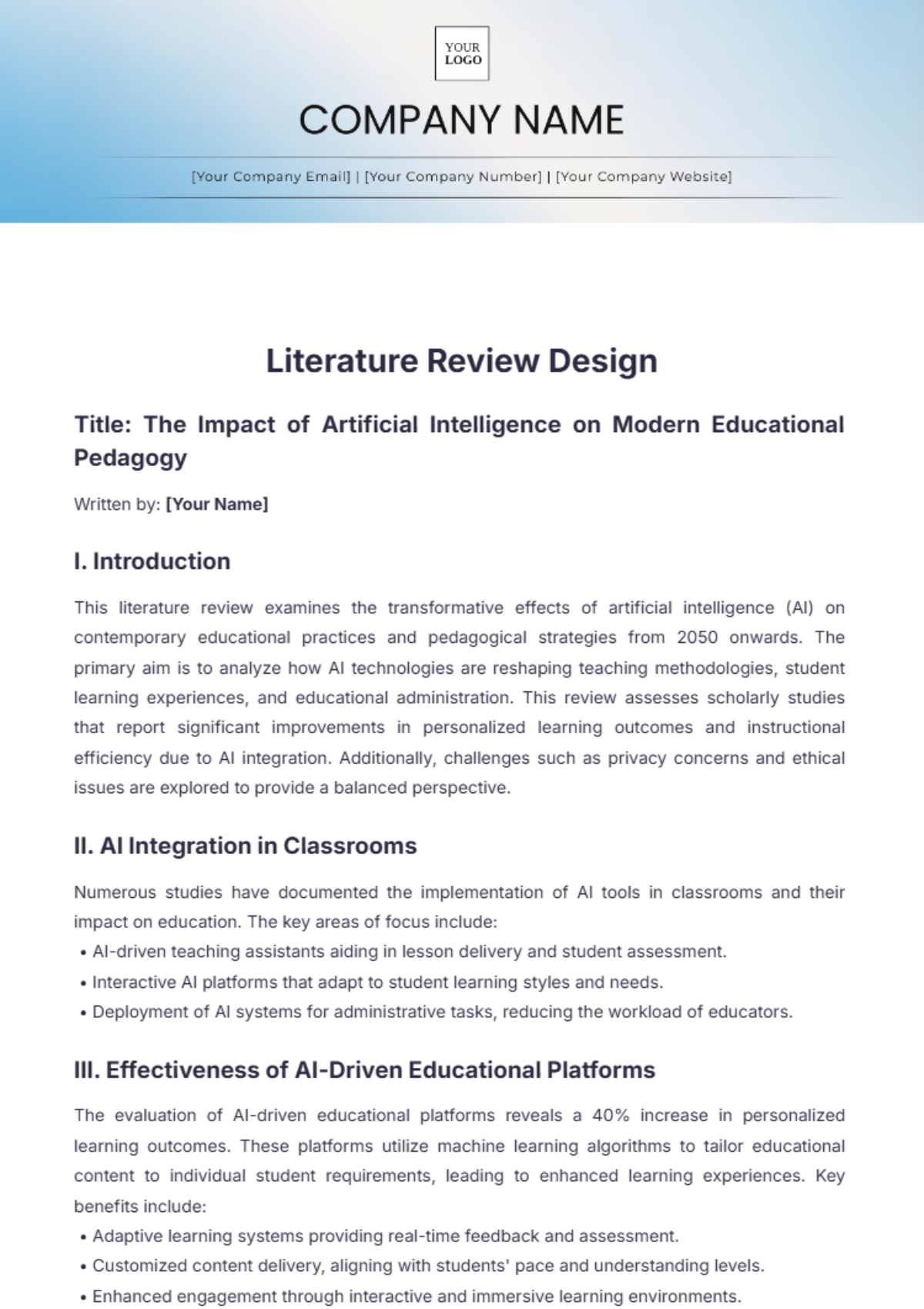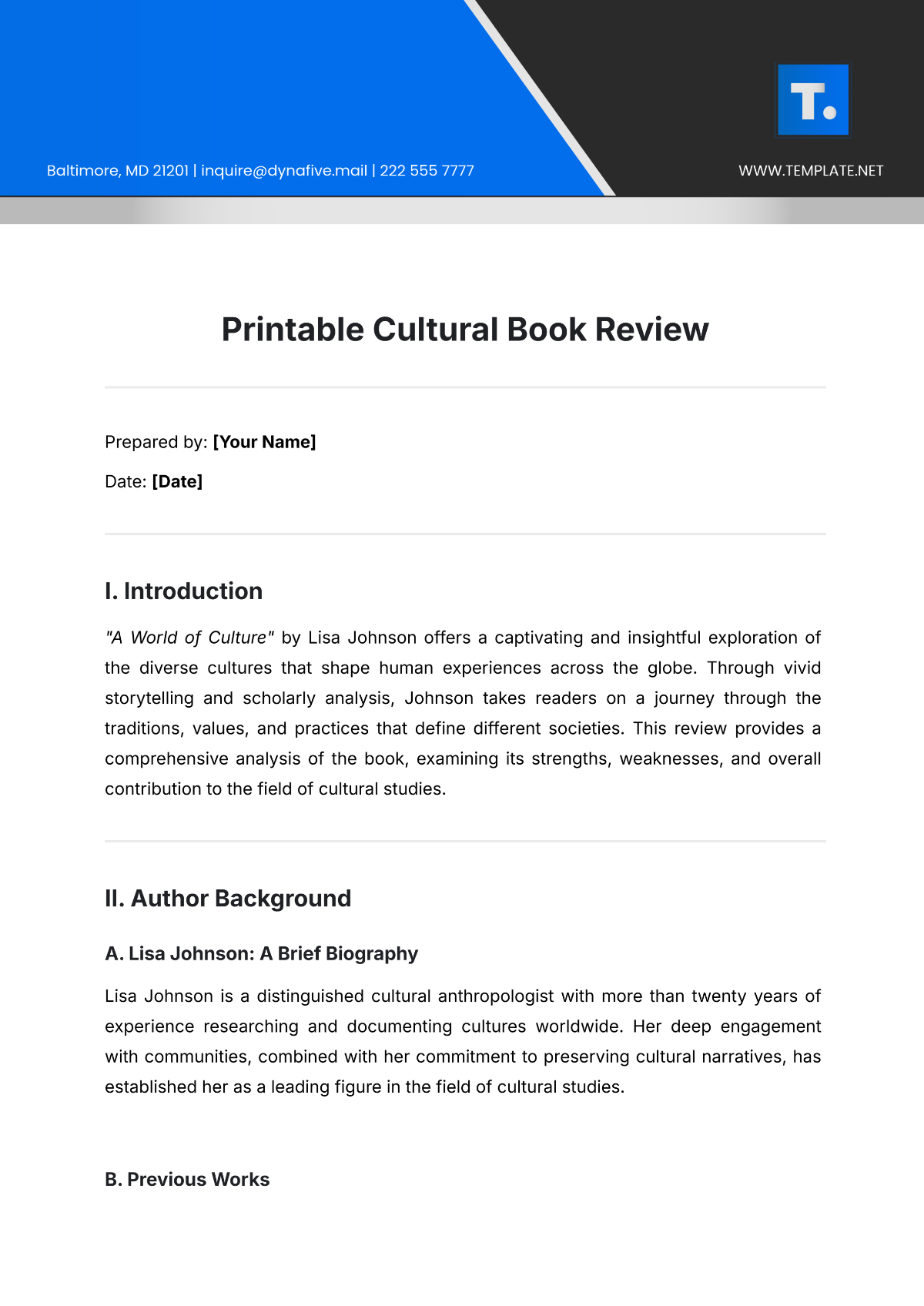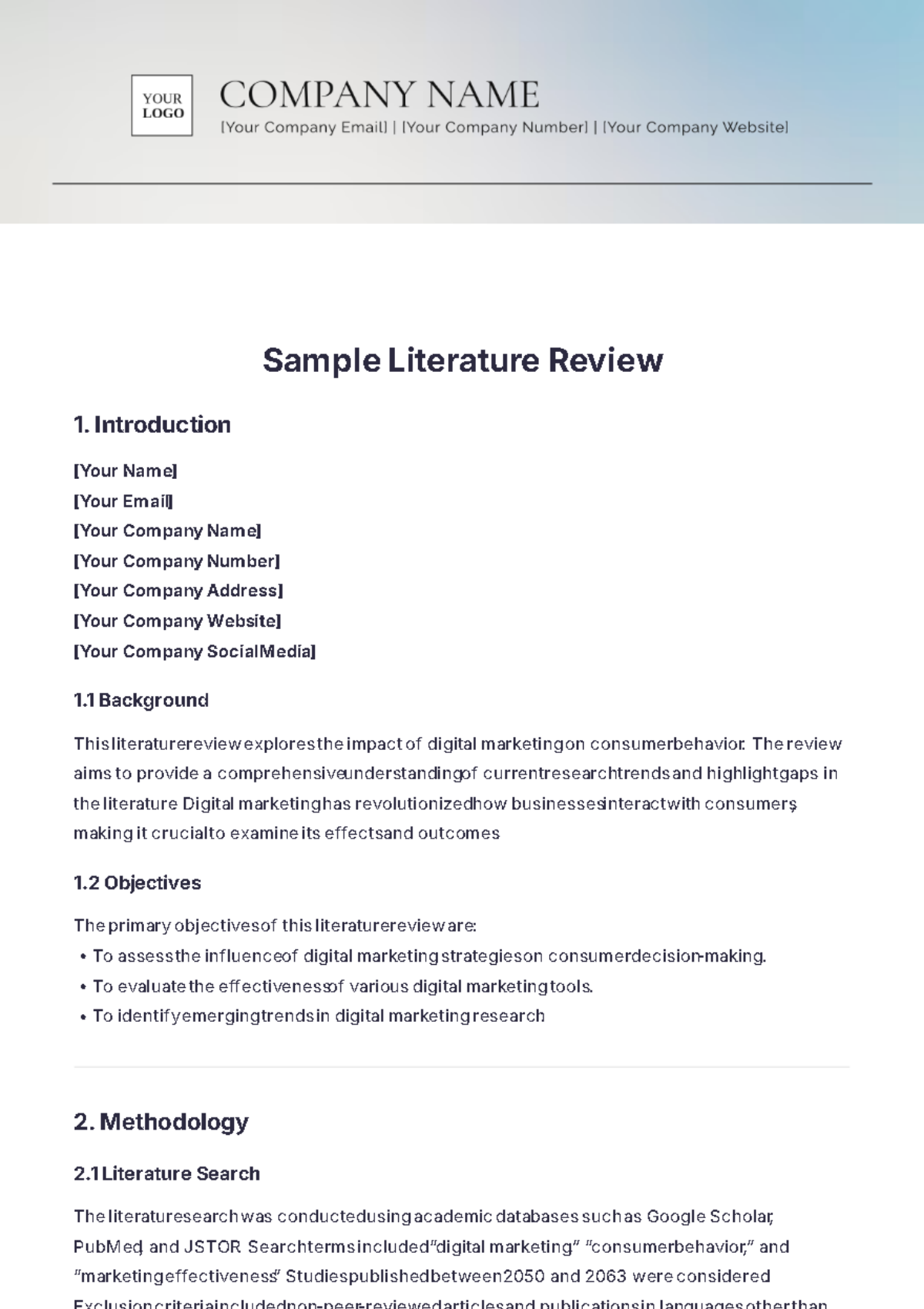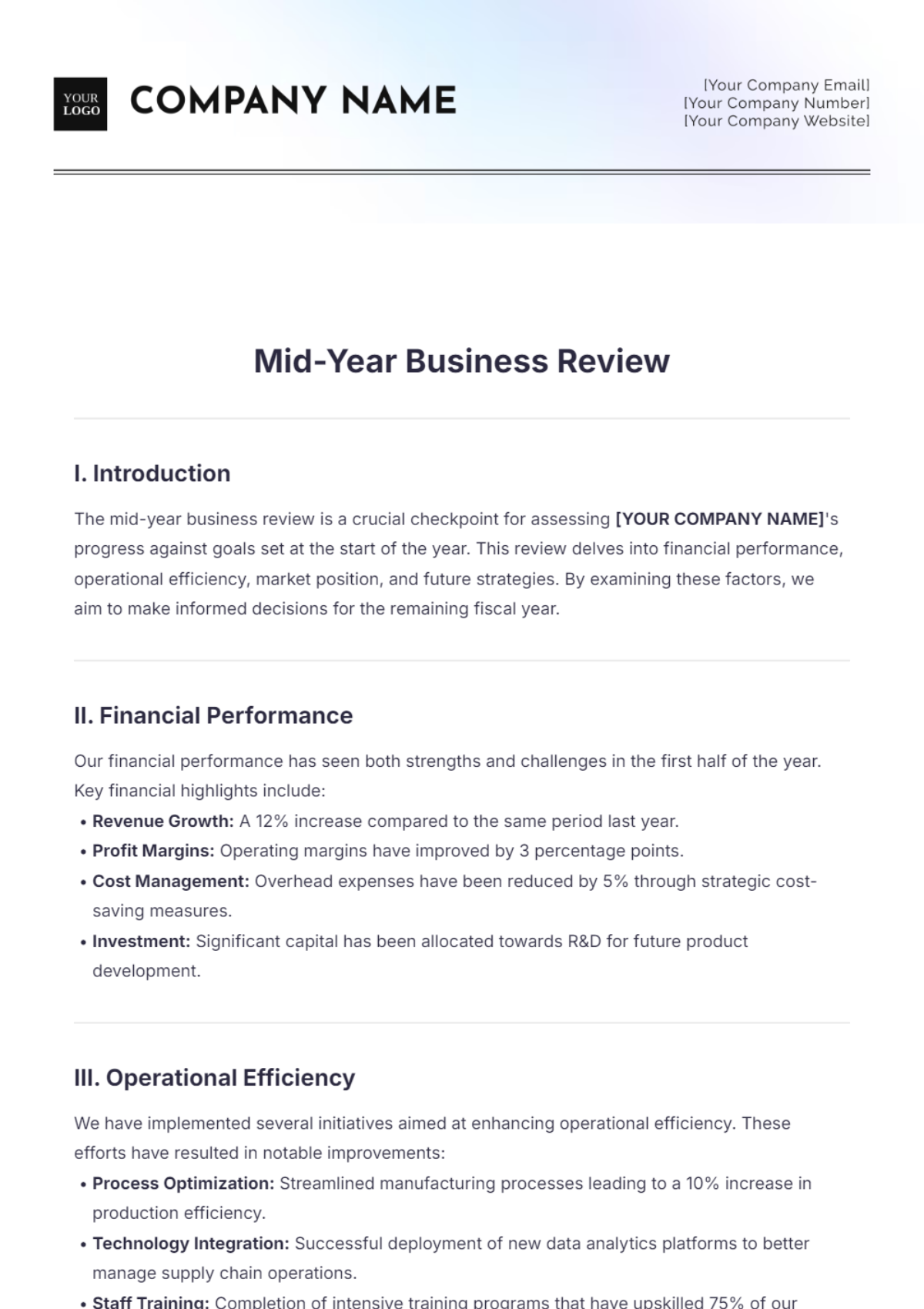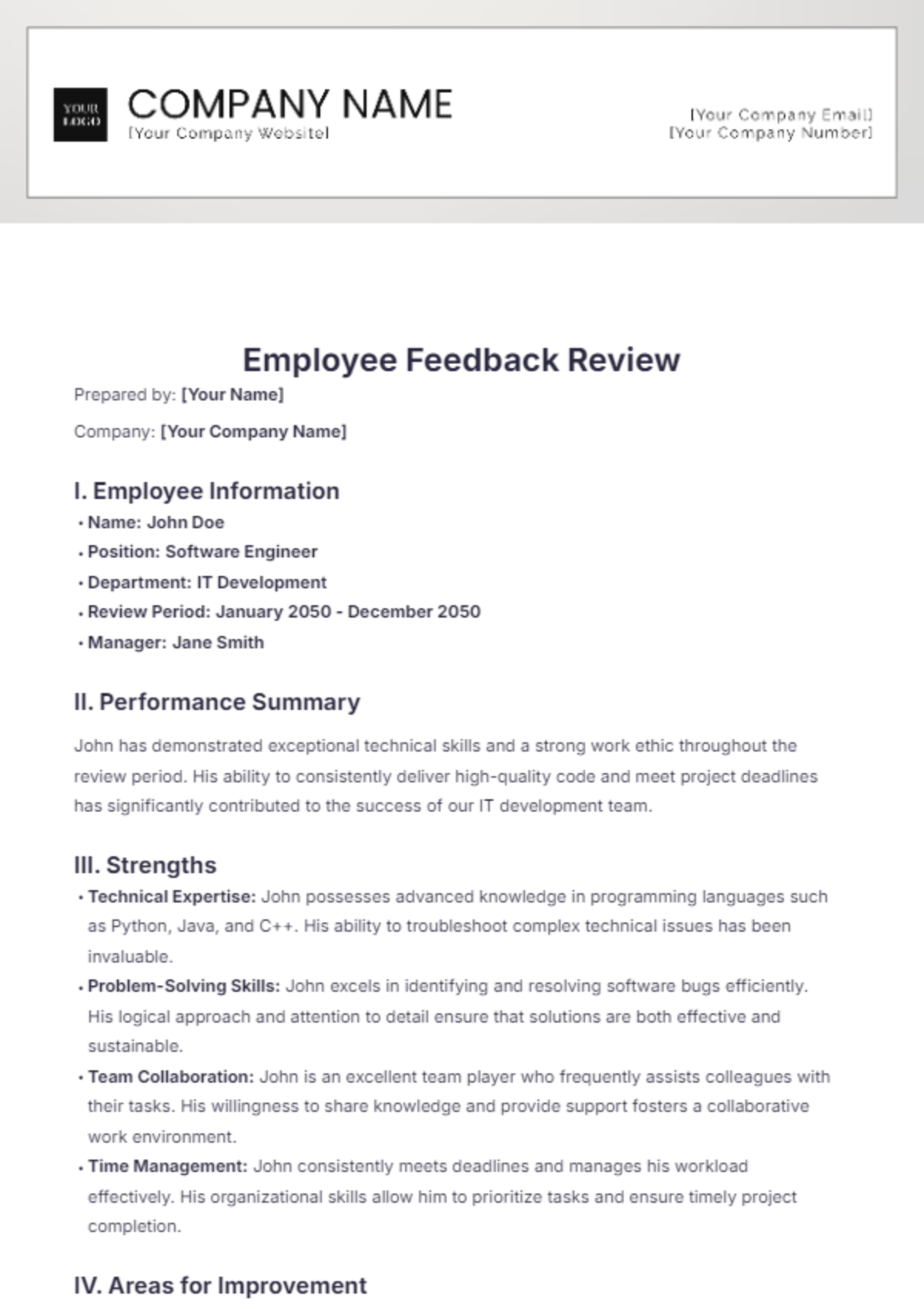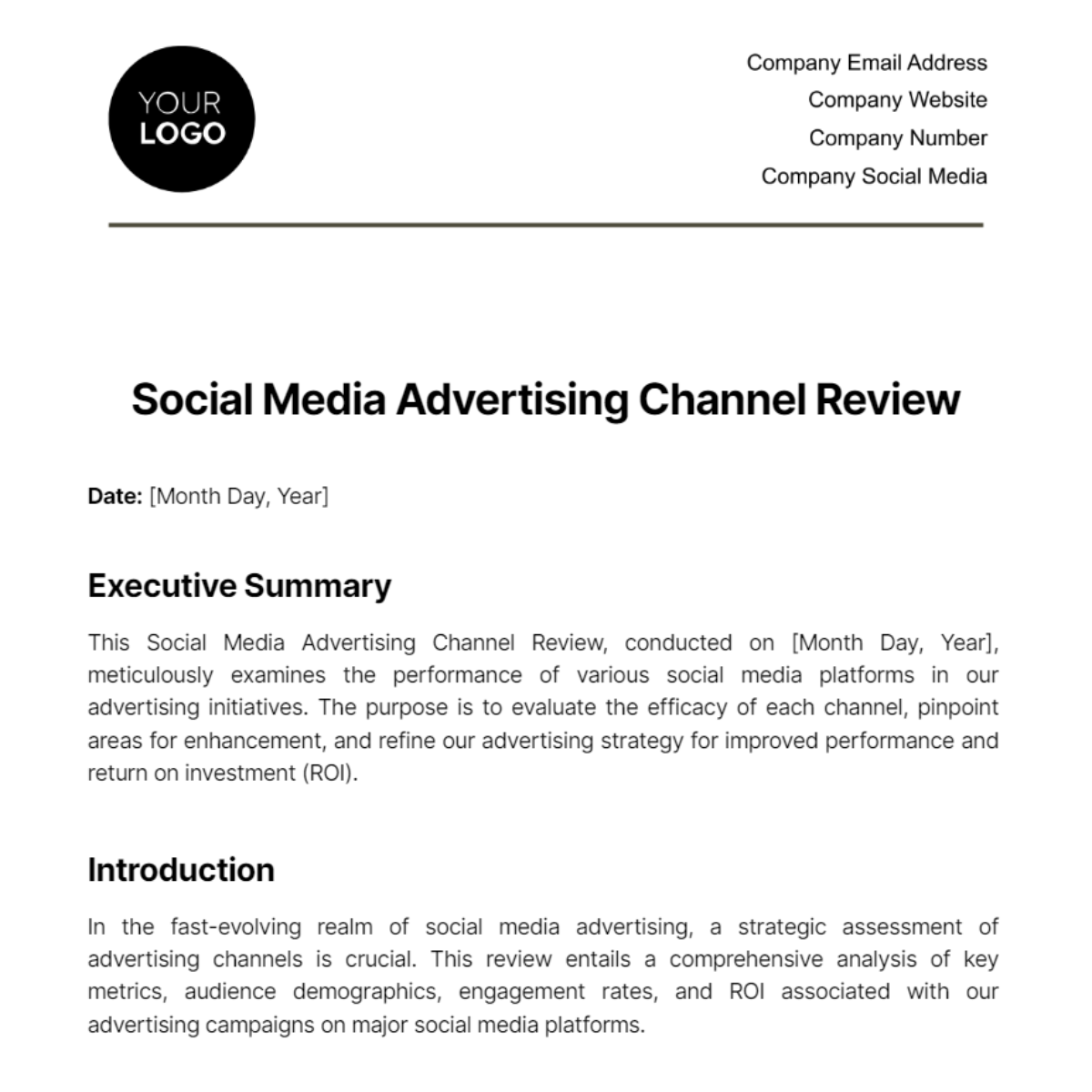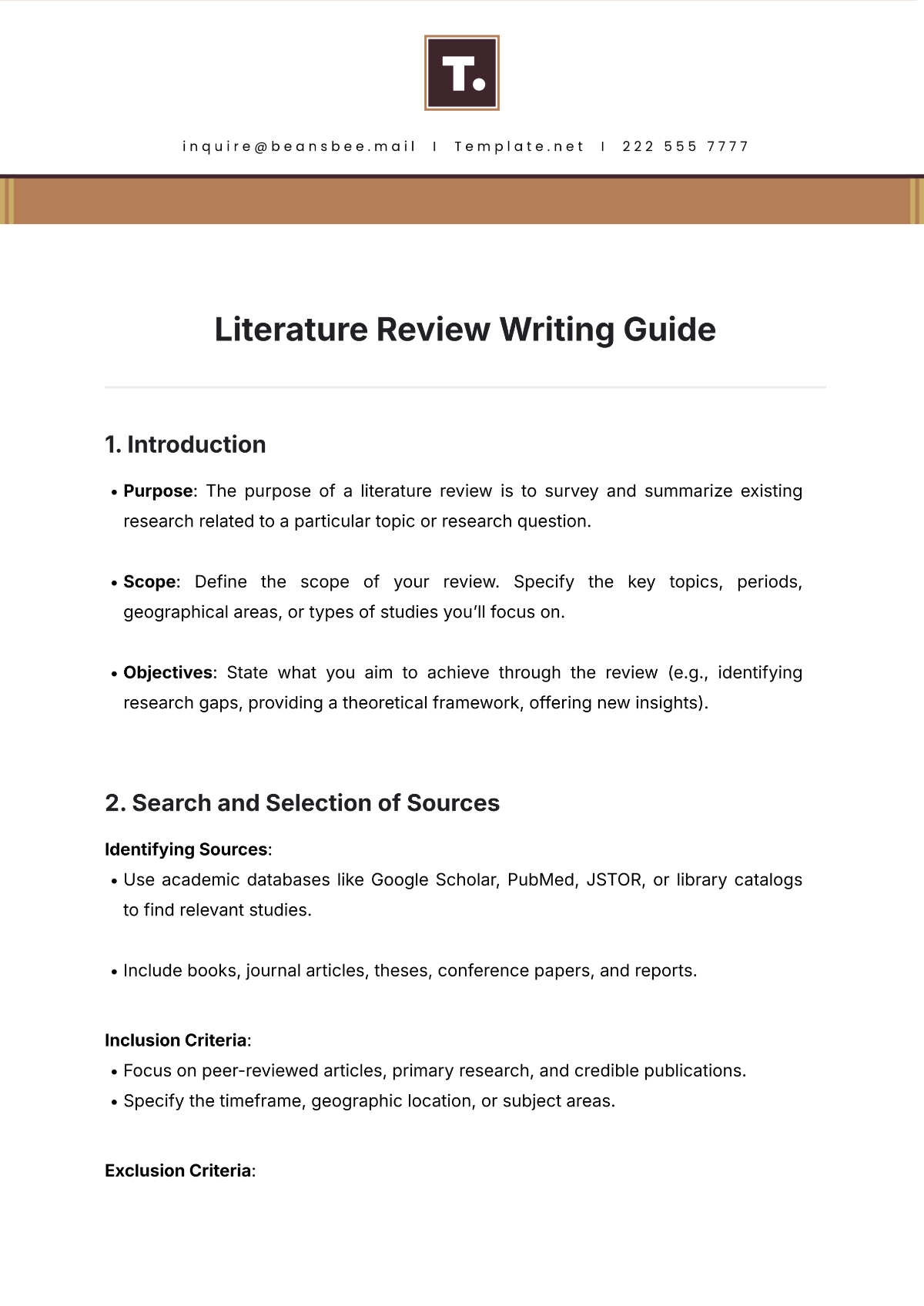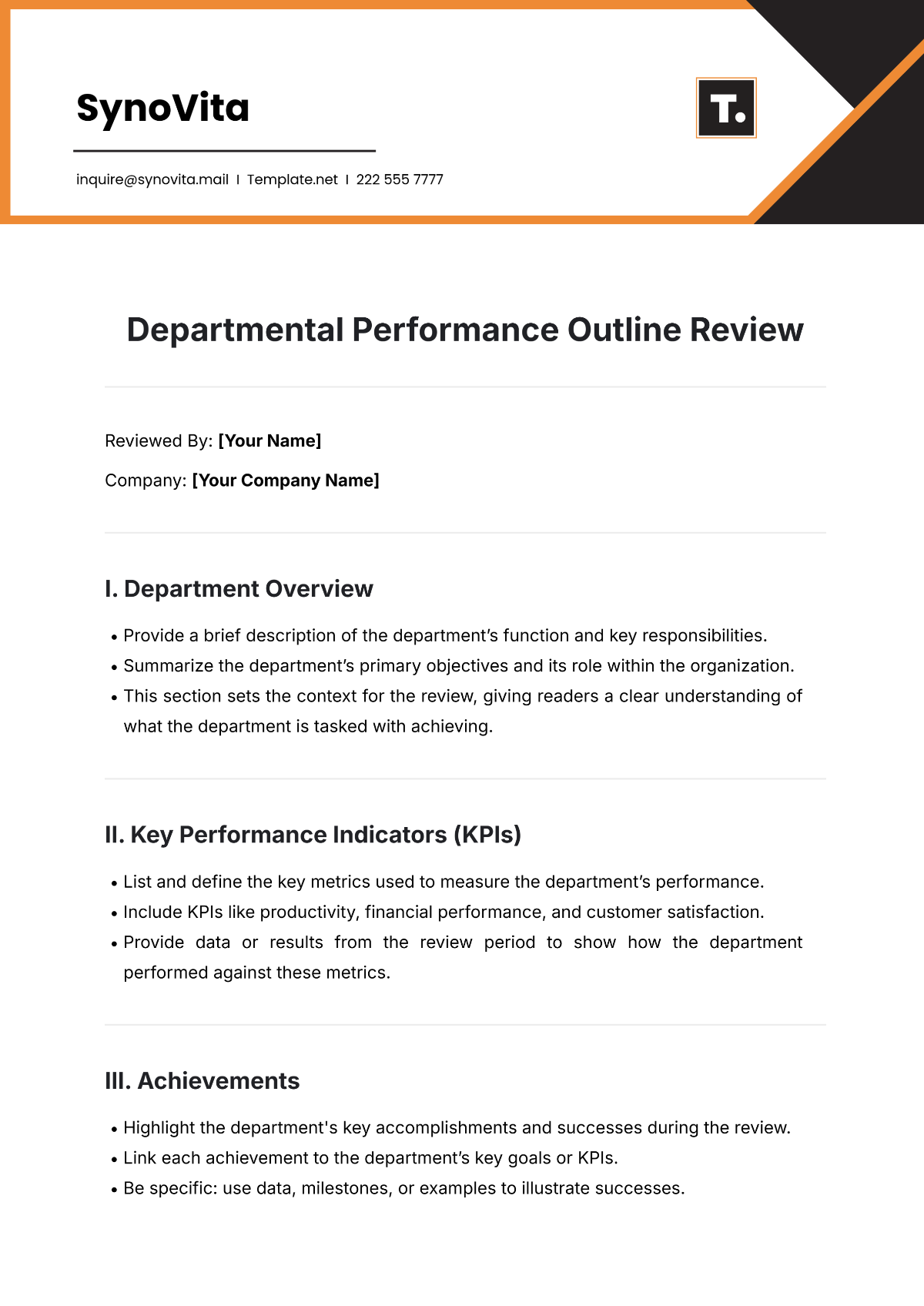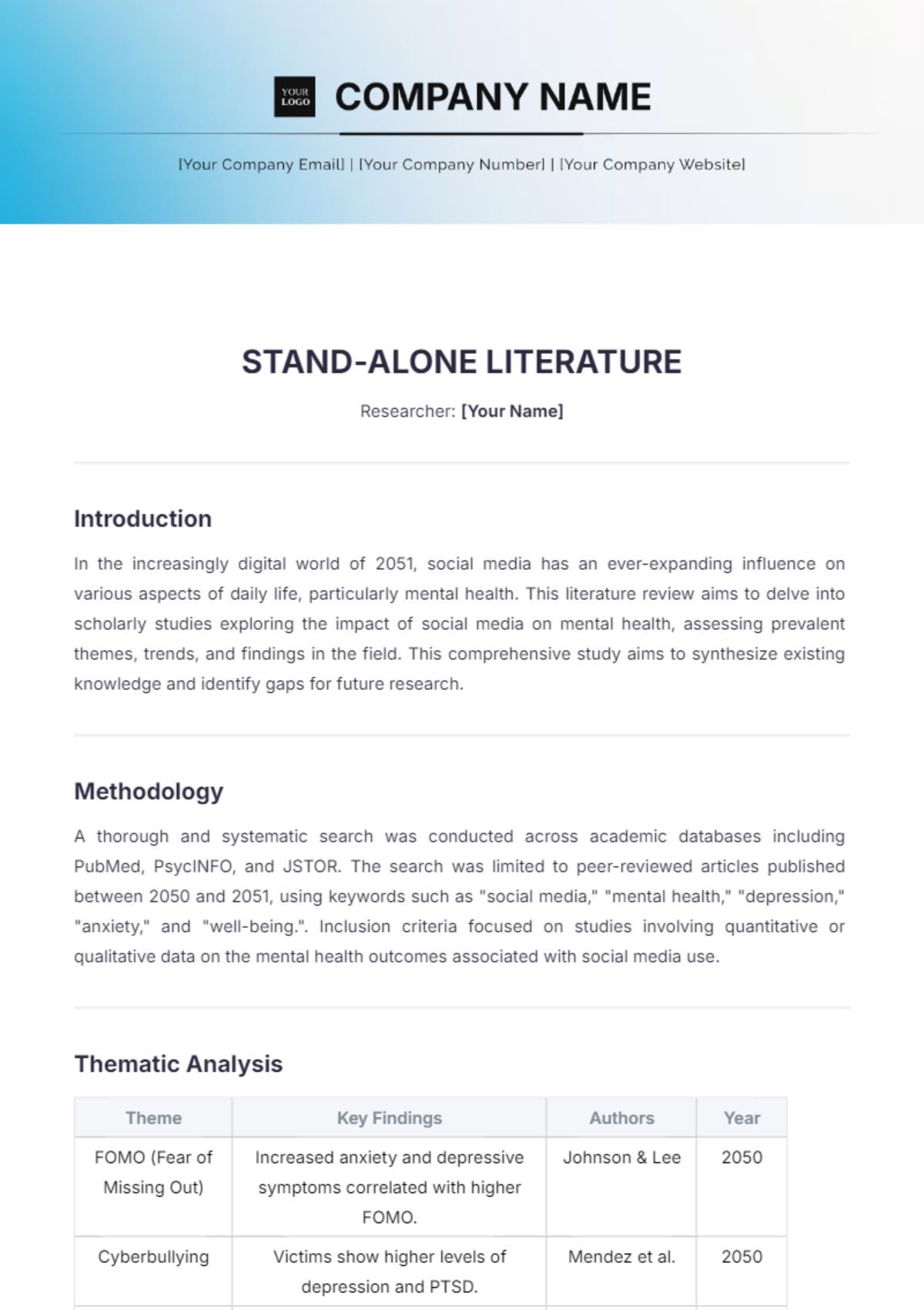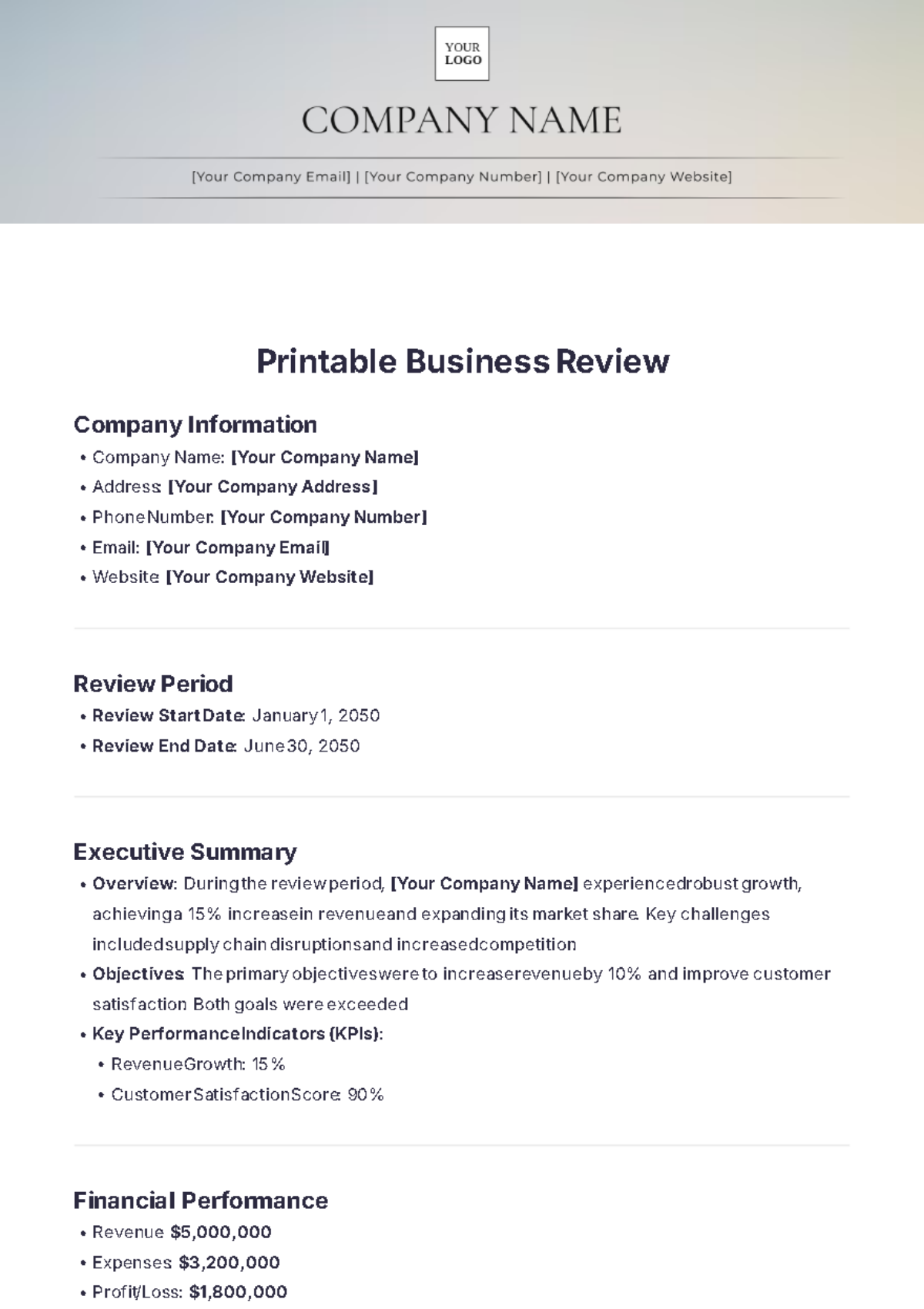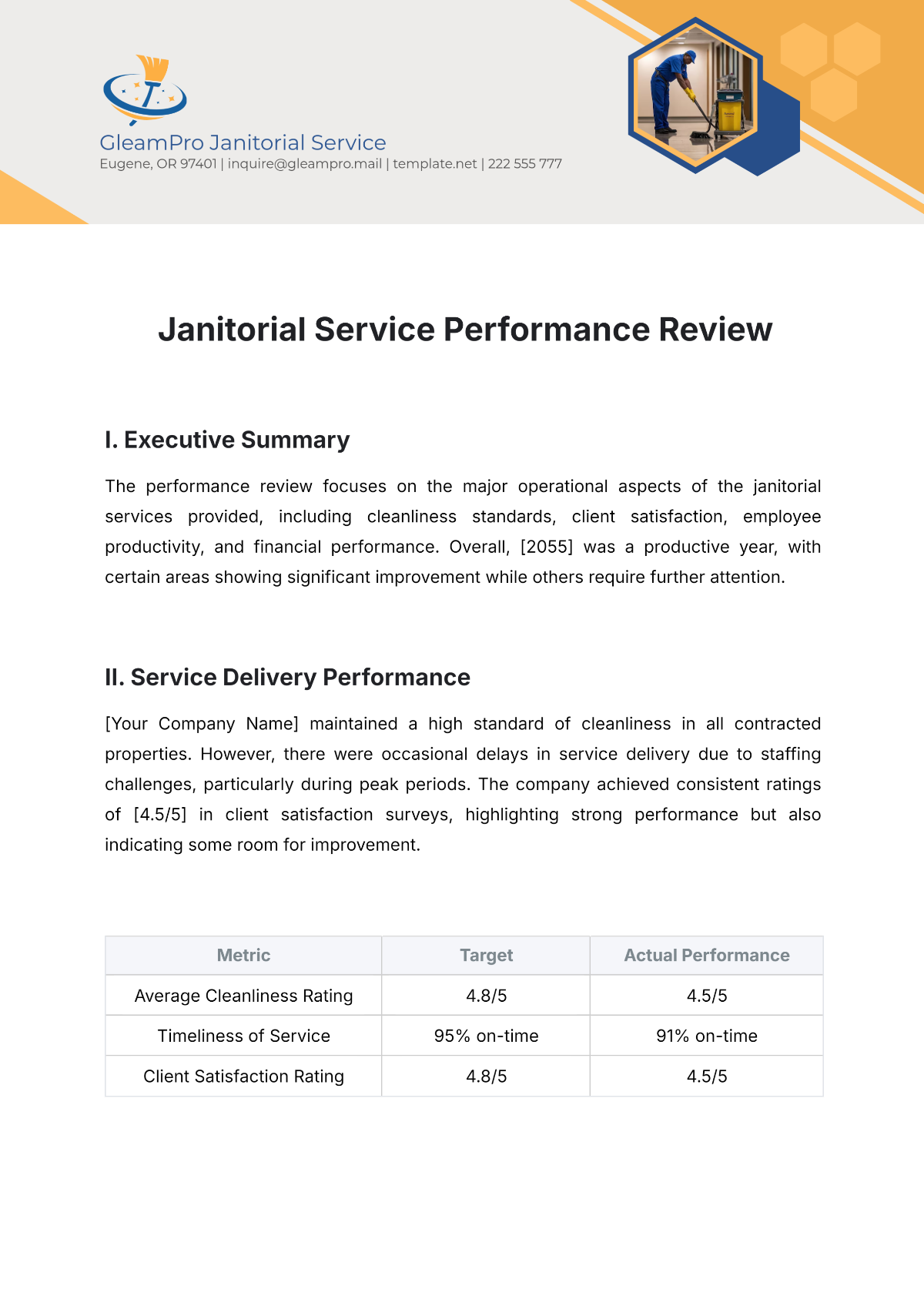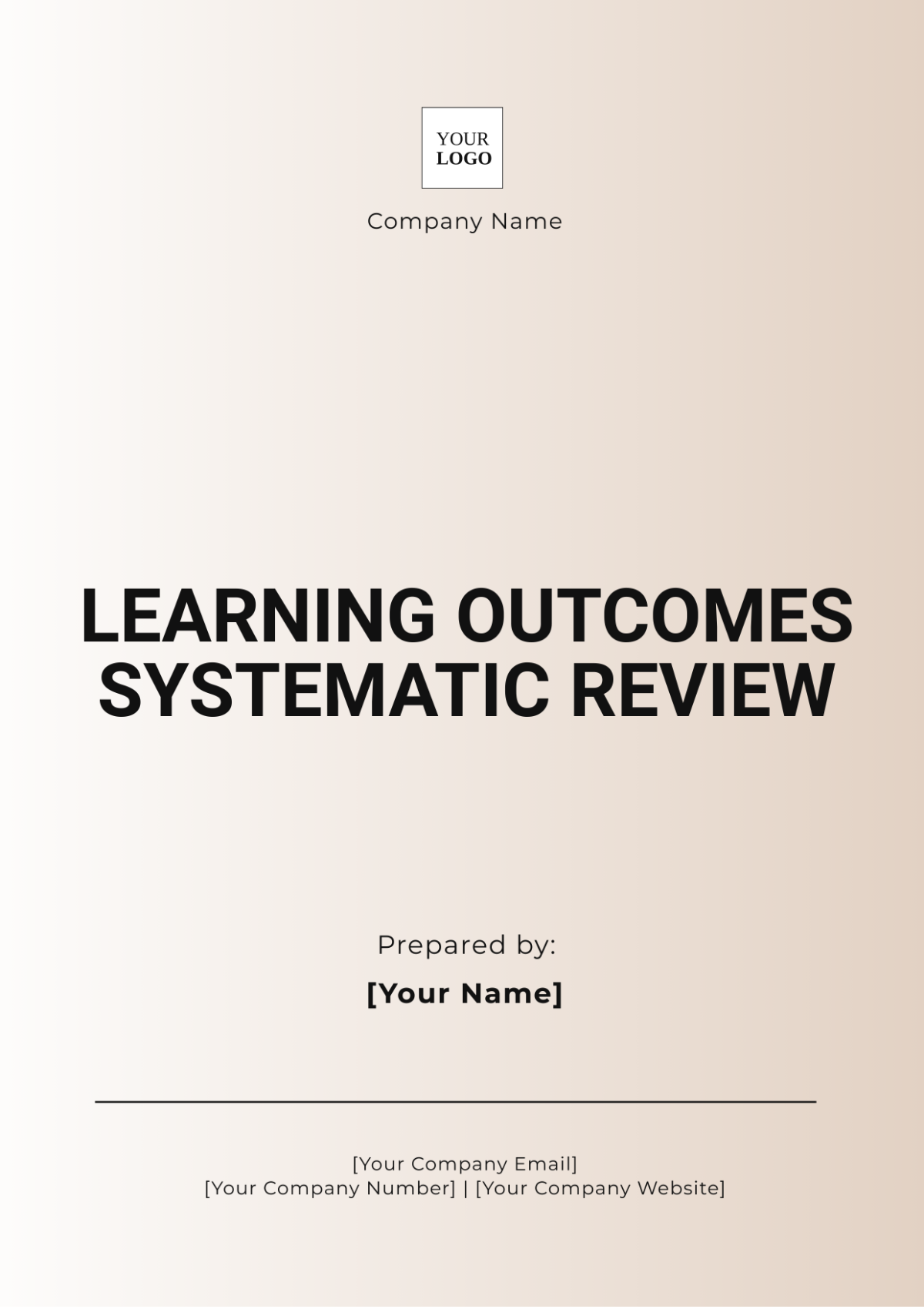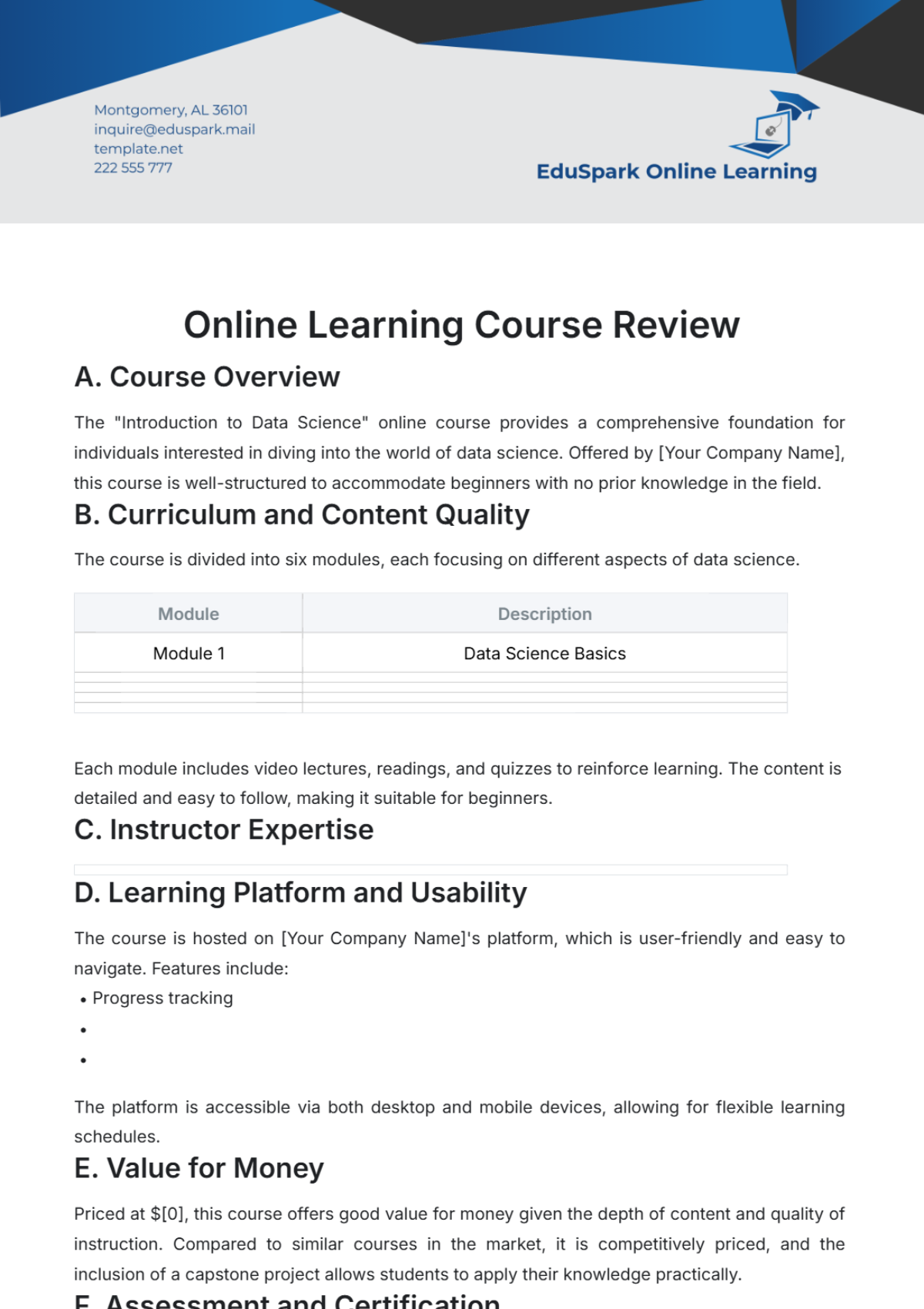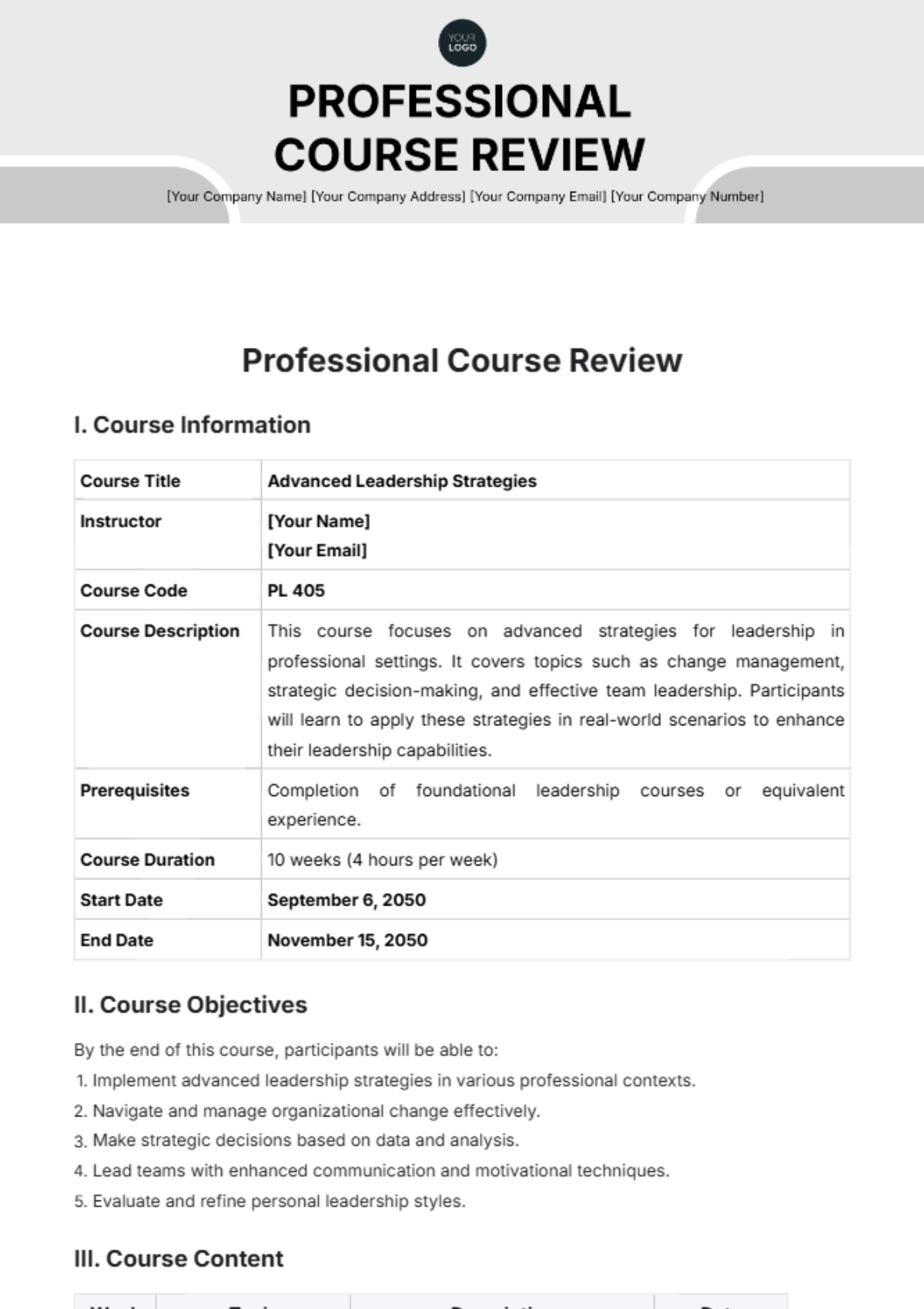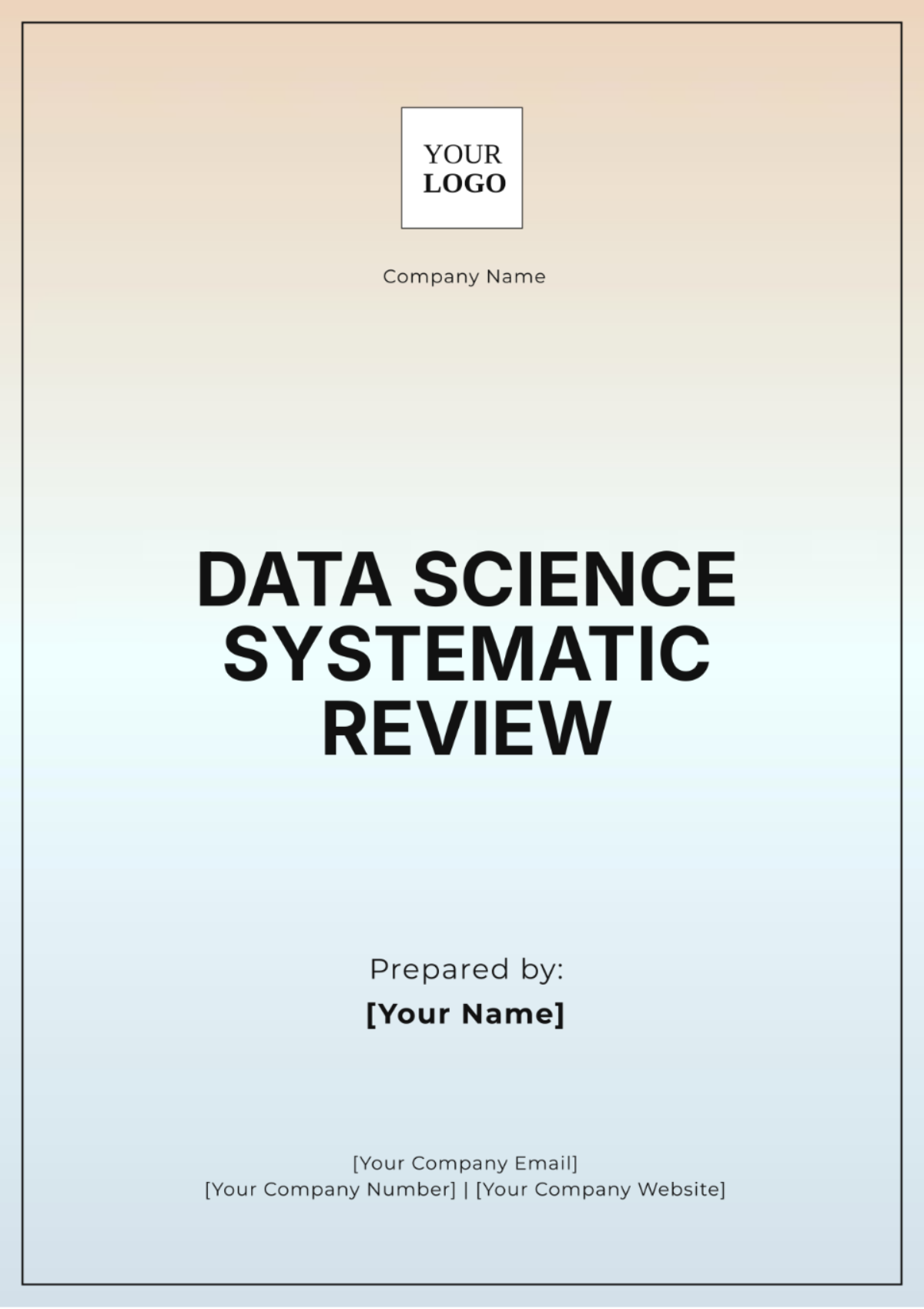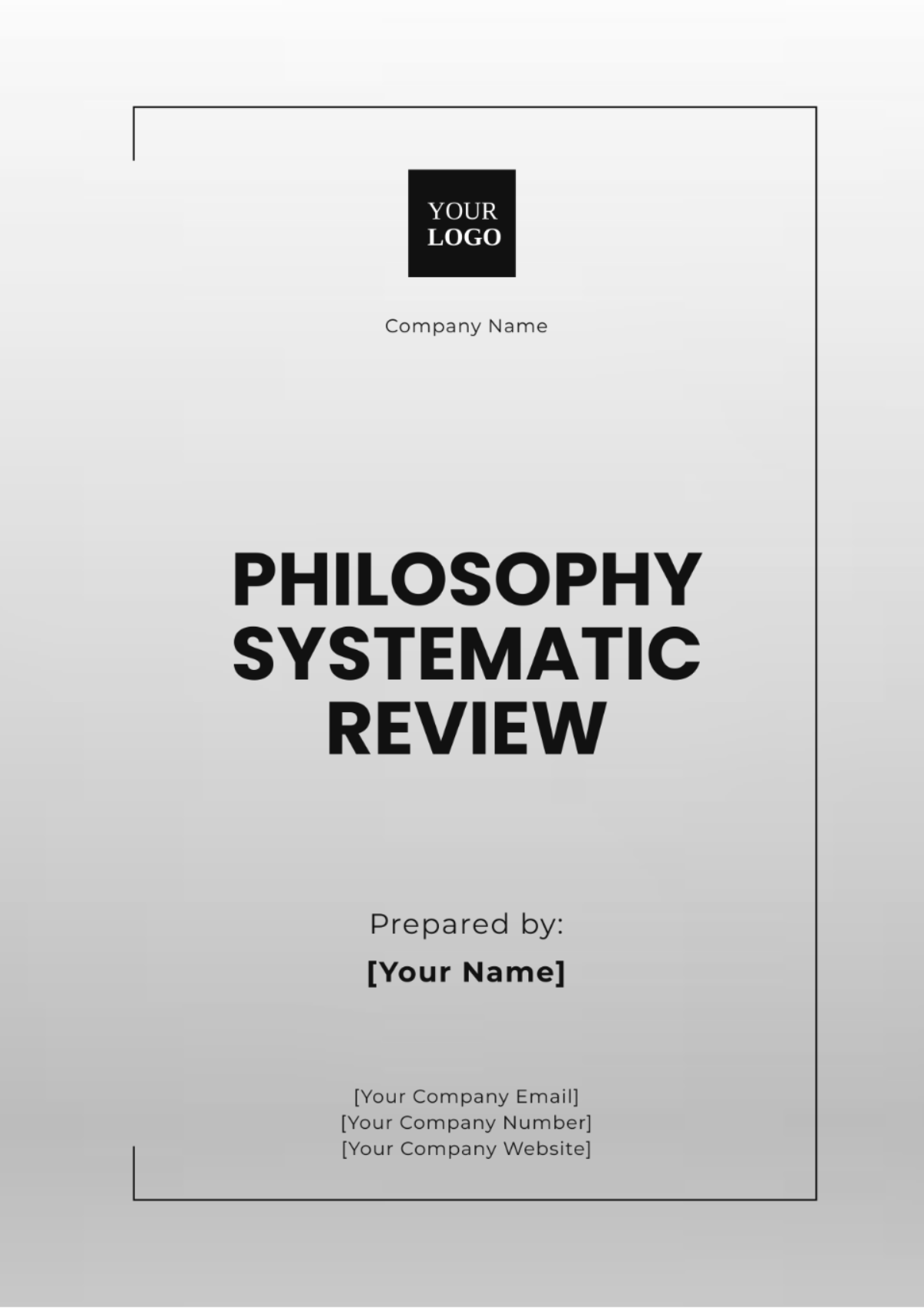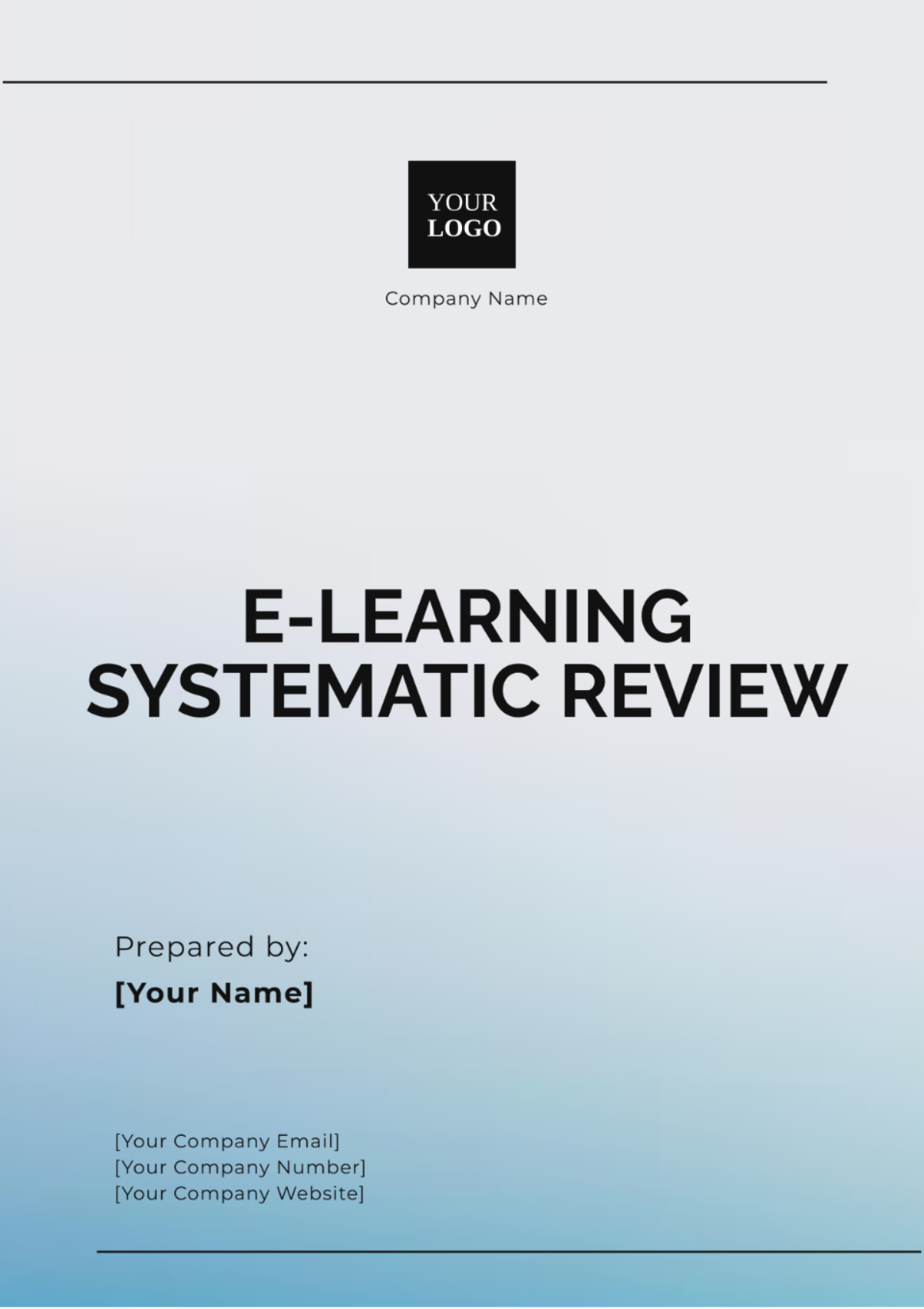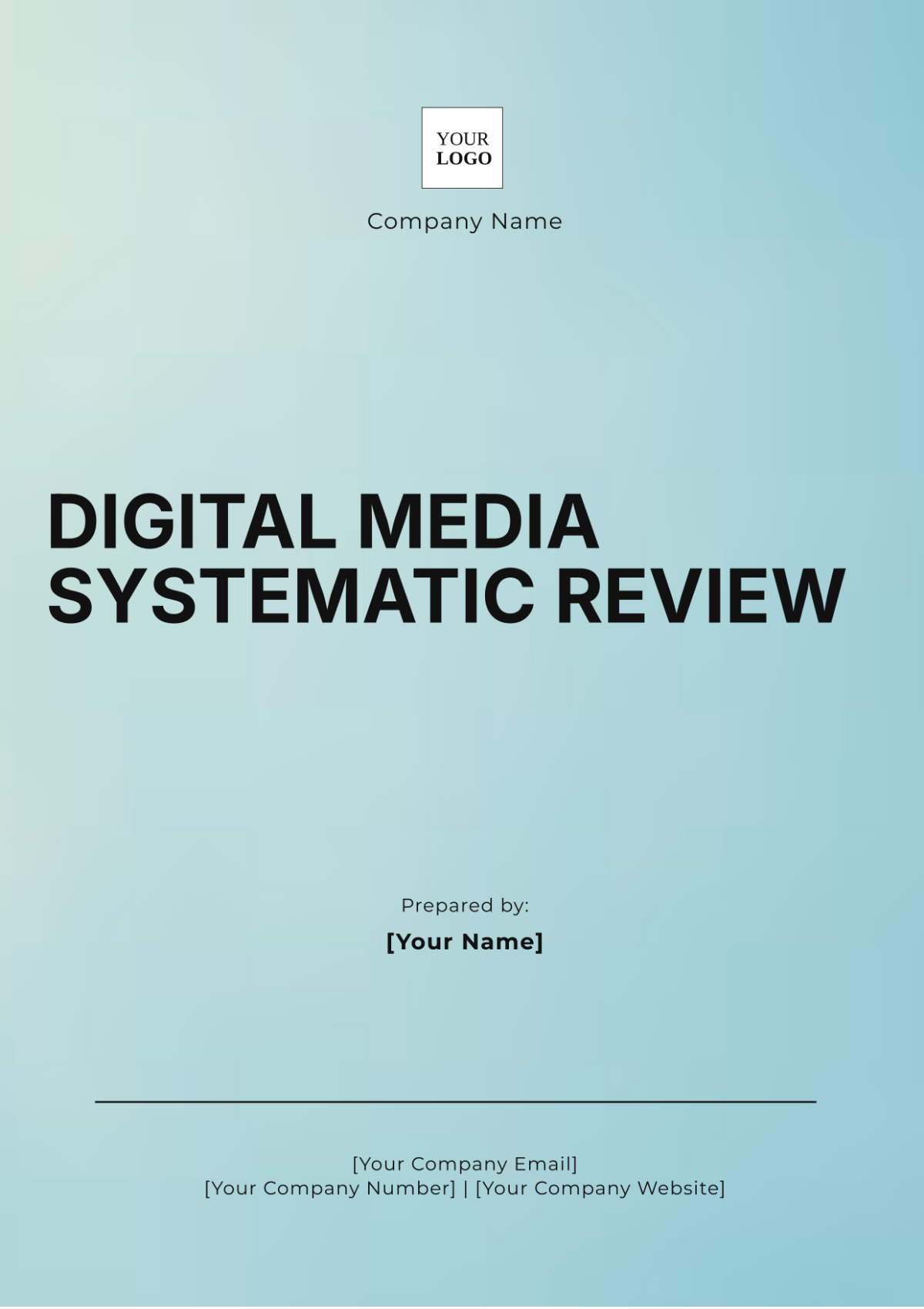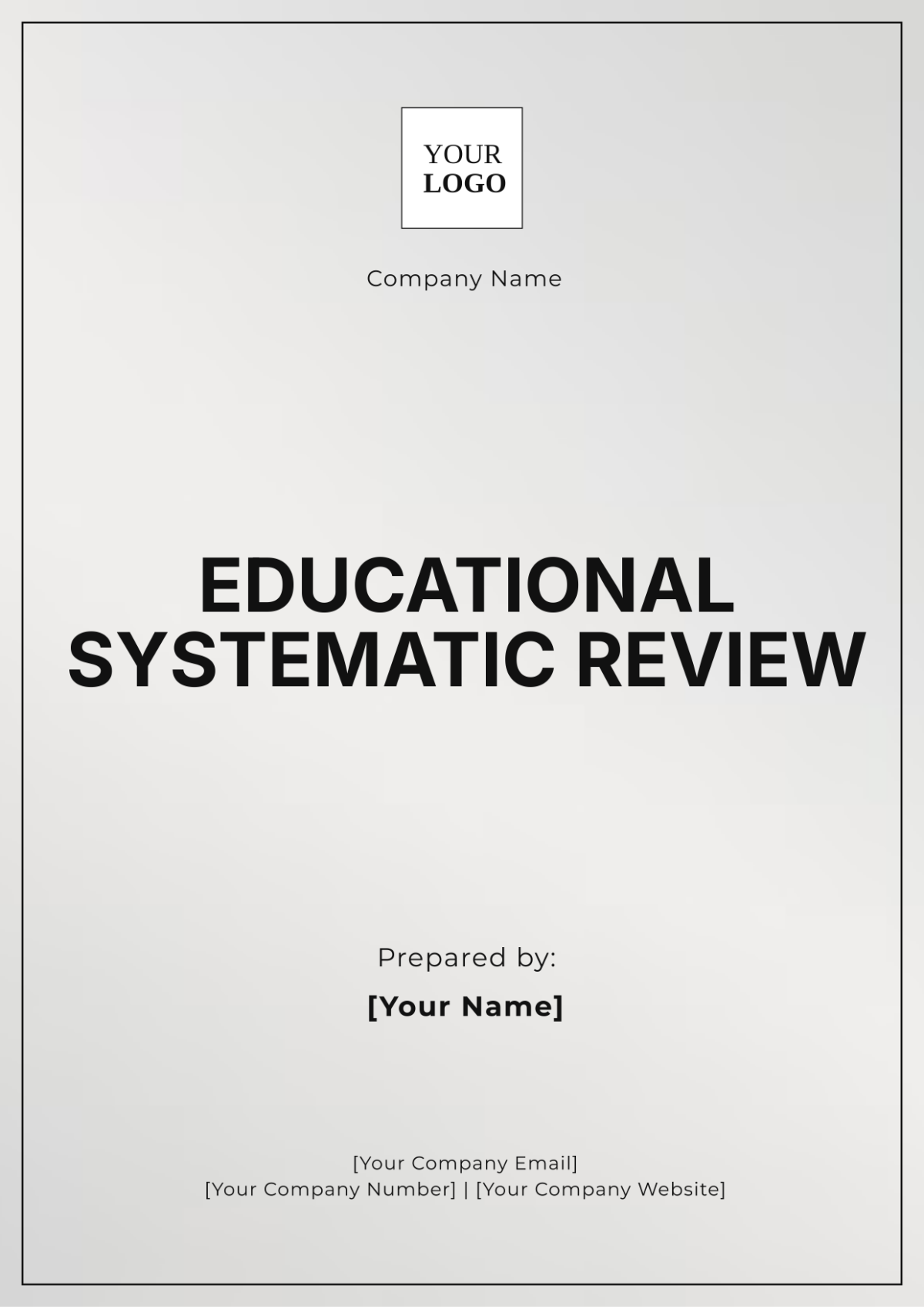Attorney Workflow Review
Date: [Date]
Prepared by: [Your Name]
Position: Senior Attorney
Contact Information: [Your Email]
1. Objective
The objective of this review is to assess the current attorney workflow at [Your Company Name], identify inefficiencies, and propose actionable solutions to streamline operations. By optimizing our processes, we aim to improve both internal efficiency and client satisfaction, while also ensuring that attorneys can focus more on high-value tasks.
This review examines every stage of the workflow, from client intake to case resolution, and seeks opportunities for improvement in each area.
2. Current Workflow Overview
The current attorney workflow at [Your Company Name] involves several key stages, with each step contributing to the overall success or delays of case resolutions. Below is a detailed breakdown of each phase and its respective challenges.
2.1 Initial Client Consultation
Task Description:
In this first stage, attorneys meet with clients to understand their legal needs and discuss possible solutions. The meeting may involve outlining a legal strategy or discussing timelines and expected outcomes.
Average Time Spent:
Approximately [1.5] hours per client.
Challenges:
This stage can be delayed due to several factors, including inefficient intake processes, delayed document submission, and clients who may not fully understand the required information. Additionally, attorneys sometimes find it challenging to gather all relevant details during the initial consultation, leading to follow-up meetings.
Opportunities for Improvement:
An automated intake system that gathers essential documents and case details before the consultation can significantly reduce delays, ensuring that attorneys are fully prepared during the initial meeting.
2.2 Case Assignment & Review
Task Description:
Once a client signs on, the case is assigned to the most appropriate attorney based on their expertise. The attorney then conducts an in-depth review of the case details, including previous legal records, correspondence, and any available evidence.
Average Time Spent:
Approximately [2] hours per case.
Challenges:
One of the primary issues faced in this stage is the imbalance in case assignments. Some attorneys are overloaded with cases, leading to delays in starting work on new files. Case prioritization also sometimes lacks clarity, resulting in confusion about the most urgent matters.
Opportunities for Improvement:
Implementing a case management tool that allows for more efficient case assignment would ensure that attorneys' workloads are balanced. This system could prioritize cases based on urgency, reducing delays and improving case flow.
2.3 Legal Research and Documentation
Task Description:
In this critical phase, attorneys conduct thorough legal research to identify precedents, statutes, and legal arguments that are essential to building a solid case. They then draft the necessary legal documents, including motions, contracts, and briefs.
Average Time Spent:
Approximately [3] hours per case.
Challenges:
The legal research process can be time-consuming, especially when searching for specialized legal references. Additionally, inconsistencies in the quality of initial drafts from legal assistants or paralegals sometimes require more revisions, which delays the process further.
Opportunities for Improvement:
Investing in specialized legal research tools, such as LexisNexis or Westlaw, could streamline the research process, helping attorneys find relevant case law and statutes more efficiently. Moreover, establishing clear drafting guidelines for support staff will improve the consistency and quality of initial documents, reducing the number of revisions needed.
2.4 Client Communication
Task Description:
Throughout the legal process, attorneys must regularly communicate with clients to keep them updated on case developments. These communications may occur via email, phone calls, or in-person meetings, depending on the client's preferences.
Average Time Spent:
Approximately [1] hour per week per client.
Challenges:
One of the main challenges in this stage is managing client expectations and ensuring timely communication. Clients often expect updates more frequently than the legal process allows, which can lead to frustration. Additionally, different clients have varying communication preferences, which can make coordinating updates time-consuming.
Opportunities for Improvement:
Creating standardized communication templates and utilizing a case management system that tracks client communication preferences will streamline interactions. This will not only enhance the client experience but also reduce the administrative burden on attorneys.
2.5 Case Resolution & Closing
Task Description:
At the conclusion of the case, the attorney resolves the matter either through settlement, trial, or another legal outcome. This phase includes finalizing paperwork, communicating results to the client, and ensuring any outstanding tasks are completed.
Average Time Spent:
Approximately [2] hours per case.
Challenges:
Delays in court scheduling, final client approvals, or other procedural matters often extend the resolution process. Additionally, ensuring that all files are properly archived and follow-up actions are completed can sometimes be overlooked during the busy final stages of a case.
Opportunities for Improvement:
Introducing a standardized case-closing checklist will ensure that all necessary tasks are completed before case closure, reducing the risk of missing important follow-ups. Furthermore, automating routine administrative tasks like document filing can free up attorney time to focus on higher-priority activities.
3. Key Performance Indicators (KPIs)
To evaluate the effectiveness of the workflow, several key performance indicators are tracked. These KPIs provide insight into areas where improvements can be made.
3.1 Case Turnaround Time
Current Average:
Approximately [45] days from initial consultation to case resolution.
Target:
[30] days
Challenge:
The average case turnaround time exceeds the ideal target, primarily due to delays in client communication, research, and administrative tasks.
Opportunities for Improvement:
By streamlining the case intake and review process, reducing client response time, and optimizing document drafting, we aim to reduce case turnaround time and meet the target of [30] days.
3.2 Client Satisfaction
Current Rating:
[4.2] out of 5 stars.
Target:
[4.5] out of 5 stars.
Challenge:
While client satisfaction remains high, feedback indicates that there is room for improvement, particularly in areas such as communication clarity and response time. Some clients have expressed frustration over not receiving timely updates or not being aware of their case’s status.
Opportunities for Improvement:
Improving communication through automated updates, clearer timelines, and more frequent touchpoints will enhance client satisfaction and help us achieve the target of [4.5] out of 5.
3.3 Attorney Billable Hours
Current Average:
Approximately [50] hours per week per attorney.
Target:
[55] hours per week per attorney.
Challenge:
Attorneys currently spend too much time on non-billable activities, such as administrative tasks and client communication, which reduces their overall billable hours.
Opportunities for Improvement:
Implementing automation tools for routine tasks, delegating administrative work to support staff, and improving the case assignment process will enable attorneys to spend more time on billable activities, helping them meet the target of [55] hours per week.
4. Proposed Enhancements
The following recommendations aim to address the challenges identified above and improve the overall attorney workflow at [Your Company Name].
4.1 Streamlining Client Intake
Recommendation:
Implement an automated intake system that collects required information from clients before the consultation, including necessary documents and case details. This will help the attorney prepare adequately for the meeting and avoid delays in gathering information.
Expected Outcome:
This will lead to faster case initiation, reduce delays during initial consultations, and ensure that attorneys are well-prepared to handle the case.
4.2 Improving Case Assignment Process
Recommendation:
Adopt a case management tool that automatically distributes cases based on attorney expertise and current workload. This system will prioritize urgent cases, ensuring that work is evenly distributed.
Expected Outcome:
A more balanced workload across the legal team will lead to faster case reviews and improved productivity. Attorneys will be able to focus on cases with the greatest priority.
4.3 Enhancing Legal Research Efficiency
Recommendation:
Invest in advanced legal research tools and databases to speed up research efforts and provide attorneys with quick access to relevant legal precedents and case law.
Expected Outcome:
A reduction in time spent on legal research will allow attorneys to focus more on the strategic aspects of case preparation, improving overall case quality.
4.4 Optimizing Client Communication
Recommendation:
Standardize communication templates, and integrate client communication preferences into the case management system. This will streamline client updates and reduce the administrative burden on attorneys.
Expected Outcome:
Improved communication with clients will enhance satisfaction, reduce delays, and help maintain a clear and consistent message throughout the case.
4.5 Case Closing Procedures
Recommendation:
Implement a digital case-closing checklist to ensure all steps are completed before a case is marked as resolved. This should include follow-up tasks, document archiving, and final client communication.
Expected Outcome:
More efficient case closure, fewer overlooked tasks, and a smoother handoff to administrative staff will lead to greater client satisfaction and a more organized firm.
5. Conclusion
The current workflow at [Your Company Name] is effective, but several areas can be optimized to improve efficiency and client satisfaction. By addressing challenges in case intake, assignment, research, and communication, we can reduce case turnaround time, increase client satisfaction, and improve billable hours for our attorneys.
Implementing the proposed enhancements will create a more efficient, client-focused process that will help [Your Company Name] continue to provide high-quality legal services while improving operational efficiency.
Approval

[Your Name]
Senior Attorney, [Your Company Name]
Date:
Contact Information
For any further questions or clarification, please contact:
[Your Company Name]
[Your Company Address]
[Your Company Number]
[Your Company Email]
[Your Company Website]
